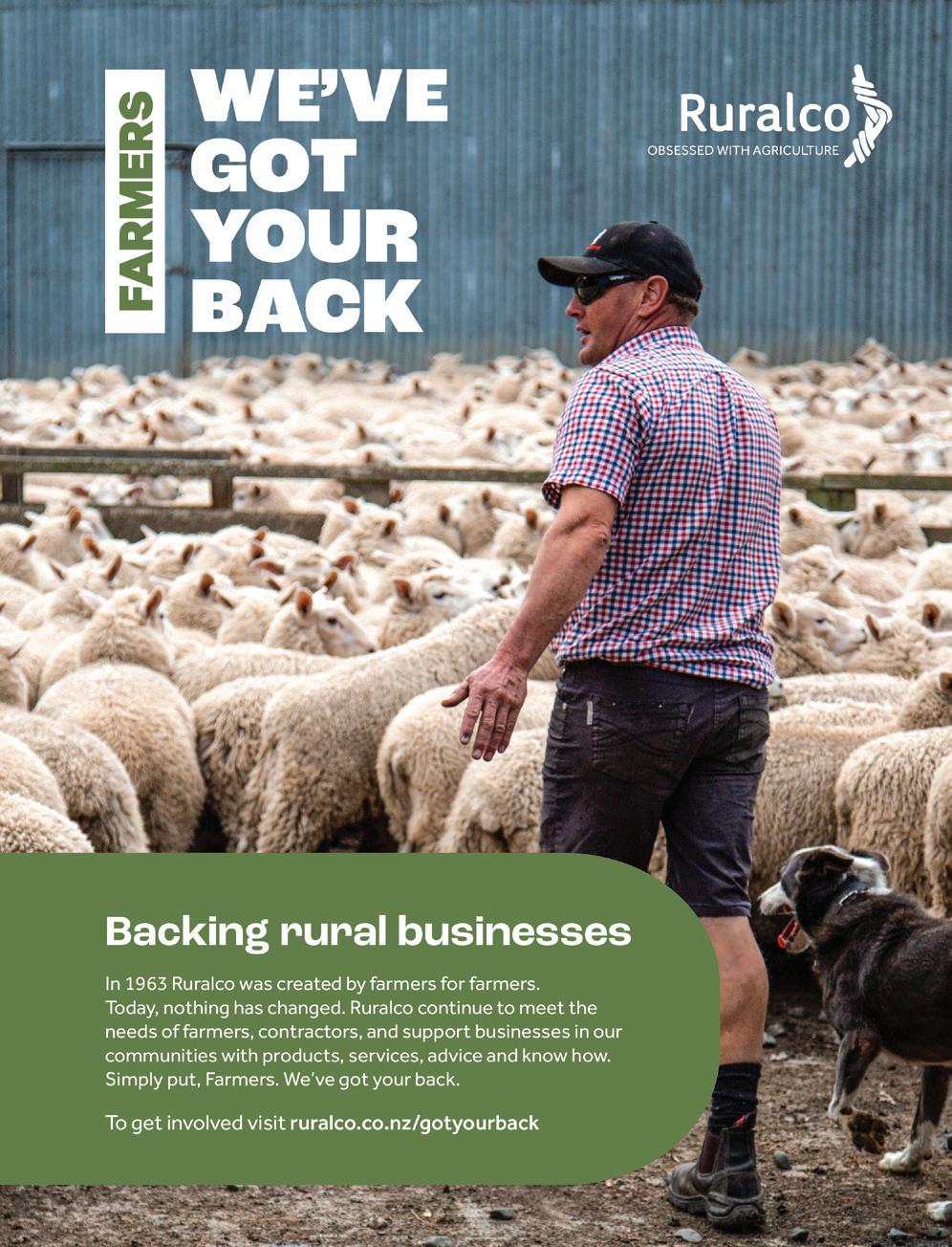A new legacy
Cleardale leads for market success and sustainability

Ruralco Instore Days 2023
Celebrating stockmanship
Trust head helps put farmers in right frame of mind

A new legacy
Cleardale leads for market success and sustainability

Ruralco Instore Days 2023
Celebrating stockmanship
Trust head helps put farmers in right frame of mind
Welcome to the winter edition of Real Farmer.
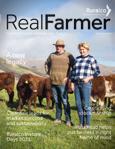
We’re well on our way to experiencing the cooler seasons and we hope that everyone was able to make the most of the summer weather while it was around.
This winter we’re looking forward to helping farmers ease into the new financial year and prepare for the arrival of fresh stock, with lambing and calving already underway in some regions.
Our cover story takes us to the flats of Omarama, where Glenbrook Station owners Simon and Kirsty have successfully diversified their farming operation for market success and sustainability.
We hear from Wairarapa Rural Support Trust co-ordinator Sarah Donaldson about mental health within the agricultural community, and how we can help to support our colleagues, friends, and loved ones who may be having a tough time.
We also meet some of the furry (and not-so-furry) faces of the Methven Collie Club, and get a rundown of what it’s like to be a member of the Canterbury Sheepdog Trial Association.
Looking forward, we have an exciting couple of months ahead, with our annual Instore Days event happening during the first week of July, closely followed by our 60th anniversary.
Check out our article recapping the humble beginnings from which Ruralco was founded and read about some of the trials and triumphs we’ve experienced within our co-operative over the last six decades. We hope you will be able to join us at our Ashburton store on the 6 and 7 July for what is shaping up to be another fun Instore Days event, packed full of amazing deals and the opportunity to discuss all your farming needs with us.
RURALCO PO Box 433, Ashburton 7740 0800 787 256 www.ruralco.co.nz
EDITORIAL ENQUIRIES: Our team welcome your contributions, enquiries and letters.
Please email to: marketing@ruralco.co.nz
ADVERTISING ENQUIRIES: Please contact the Marketing Department on: Tel: 0800 787 256 marketing@ruralco.co.nz
DISCLAIMER: Views expressed by contributors are not necessarily those of Ruralco.
Annie Studholme
Anita Body
Indiana Roberts
Richard Rennie

PHOTOGRAPHERS
Annie Studholme
Gina Ensor
Indiana Roberts
TECHNICAL ARTICLES
Agrivantage
Tel 0800 64 55 76 cheryl@agrivantage.co.nz www.agrivantage.co.nz
Ballance Agri-Nutrients
Tel 0800 787 256 ruralco@ruralco.co.nz www.ruralco.co.nz
Beef + Lamb Tel 0800 233 352 enquiries@beeflambnz.com www.beeflambnz.com
Blue Pacific Minerals Tel 0800 678 444 info@bpmnz.co.nz www.bpmnz.co.nz
DairyNZ
Rob Sharkierobert.sharkie@ruralco.co.nz
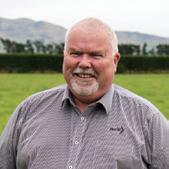
Tel 0800 4 324 7969 info@dairynz.co.nz www.dairynz.co.nz
FAR Tel 03 3455783 far@far.org.nz www.far.org.nz
FMG
Tel 0800 366 466 contact@fmg.co.nz www.fmg.co.nz
Hort NZ Tel 0508 467 869 info@hortnz.co.nz www.hortnz.co.nz
Irrigation NZ Tel 04 595 6848 admin@irrigationnz.co.nz www.irrigationnz.co.nz
NZ Pork Tel 0800 697 675 info@pork.co.nz www.nzpork.co.nz
Rural Contractors Tel 0800 424 266 office@ruralcontractors.org.nz www.ruralcontractors.org.nz
Seales Winslow
Tel 0800 287 325 sales@sealewinslow.co.nz www.sealeswinslow.co.nz
ON THE COVER: Simon and Kirsty Williamson have successfully diversified their farming operation at Glenbrook Station, north of Omarama.
2 A new legacy
8 Cleardale leads for market success and sustainability

14 Ruralco Instore Days 2023
20 Celebrating stockmanship
30 Trust head helps put farmers in right frame of mind
36 Celebrating 60 years
26 Dairy herd health gets a BOOST
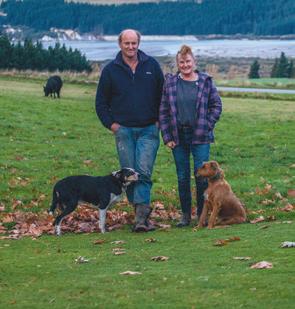


33 Maximising returns from calf meal
40 Looking at both sides of electricity equation
43 Making the most of winter
51 More natural solutions to thrive
54 Golden oil flows from on-farm agronomy project
57 Did you know? Colostrum is so much more than IgG
67 Recognised versus Registered versus Certified—what is in a name?
69 A load of bull
71 Irish woman loving the life and machines here
73 Animals are at the heart of wintering well
75 Growers under the pump
44 A winter to remember
63 A time to shine for New Zealand volunteers

64 Daffodil Day, a chance to support Kiwis with cancer
65 Meet Mel Sowden & Maree Smith
Driven by a passion for Merino wool and a homegrown entrepreneurial approach, Simon and Kirsty Williamson have successfully diversified their farming operation at Glenbrook Station, north of Omarama.

WORDS BY ANNIE STUDHOLME, IMAGES BY ANNIE STUDHOLME & SUPPLIED
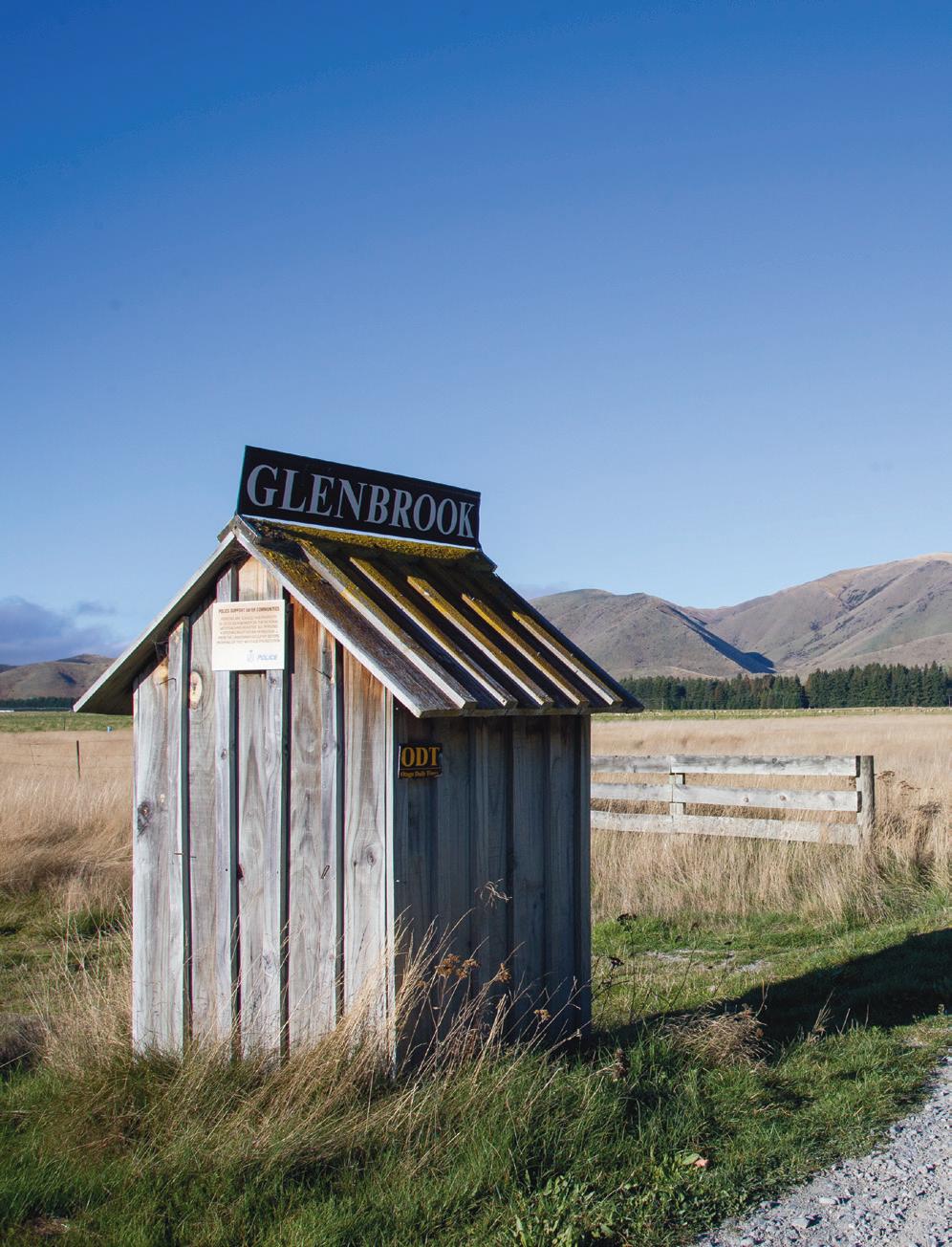
Glenbrook Station is a 3,700-hectare mixed farm running around 3500 Merino ewes with all lambs finished. Additional lambs are also brought in. On top of this, the Williamsons also fatten about 100 steers, run a shorthorn stud and a cropping enterprise growing crops such as red clover, grass seeds, hemp, chicory and plantain on 500 hectares of irrigated land. They also supply Merino wool to US-based companies First Lite and Global Merino in partnership with Carrfields Primary Wool (CP Wool).
Between their farming operation, Simon serving as the Federated Farmers North Otago Arable representative, and three adventurous boys to chase, sitting still is rarely an option. Ted (15) and George (13) are boarders at Christchurch Boys’ High School, and the youngest, Ben (12), is in his last year boarding at Waihi School. Though having the boys at boarding school frees them up to focus on the farm during the week, Simon and Kirsty’s weekends are filled with chasing sport, often heading in different directions.
It’s busy, but they don’t know any different. Simon grew up on Birchwood Station in the Ahuriri Valley near Omarama, where his parents, Ron and Jennifer, were runholders. He has been farming full-time since he was 16.
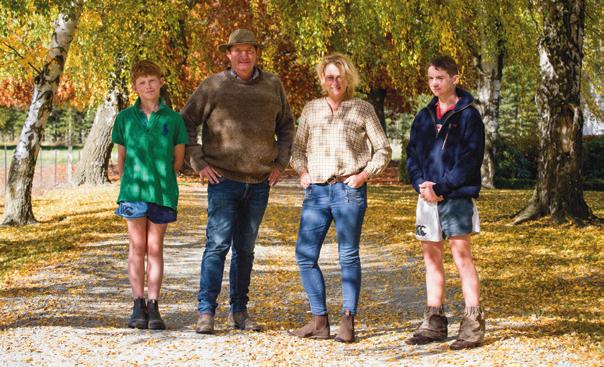
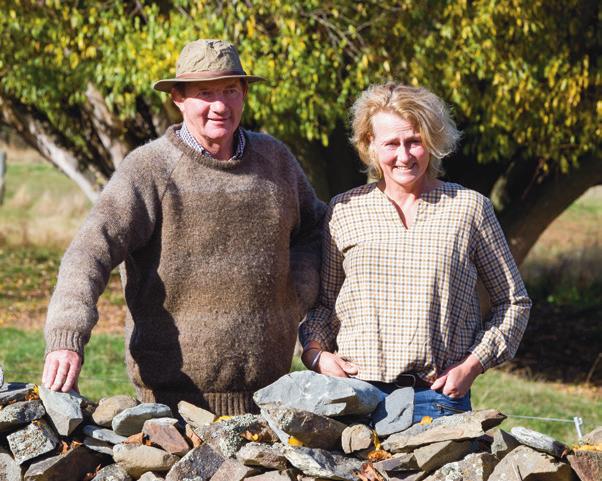
Meanwhile, Kirsty (nee Rutherford) was brought up at North Canterbury’s Montrose Station. In a former life, she worked for many years as a travelling cook, including spending three winter ski seasons cooking in France’s magical and vast Courchevel and the summers cooking around Europe.
The Rutherfords and Williamson families share a love of horse racing and horses. Simon inherited his father’s love of horses, with Ron having show jumped for New Zealand in his younger days. Horses were a big part of farming life at Birchwood, and they also bred and raced thoroughbreds. Both Ron and Simon were heavily involved in the Kurow Jockey Club. Kirsty was herself successful in the sports of eventing and showjumping.
Simon and Kirsty had known each other long before finally getting hitched. Together they have formed a formidable partnership. Before the
boys arrived, their days were spent on horseback mustering and moving cattle. They have taught them all to ride, but it’s hard to fit it in these days.
The Williamsons have owned Glenbrook Station since 2003, having previously farmed the 23,783-hectare Birchwood Station for three generations. Birchwood was at 800m above sea level. Winters were harsh, and only about half the farm was useable. They ran about 300–350 Hereford cows in the unfenced valleys, with 7,000 Merinos roaming the hills. Musters could take up to eight days. Though breathtakingly beautiful, Simon says it was a tough place to make a living.
In 2003, the Nature Heritage Fund bought the Birchwood lease on the open market rather than through the Tenure Review Process to be the centrepiece of the Ahuriri Conservation Park.
Simon and his brother, Henry, bought Glenbrook from the proceeds of the Birchwood sale and split
the station between them. Henry and his wife Gaby now farm West Edge, originally part of Glenbrook. “We were just lucky that Glenbrook came on the market. It was the first time it had come up for sale since being split off from the original Benmore Station in 1916. The Kellands had farmed it ever since.”
Glenbrook had already undergone Tenure Review in 1991, retiring 5600 hectares to the Department of Conservation. When the Williamsons bought it, Glenbrook was a dryland farm, decimated by a combination of hieracium and rabbits. Under the previous ownership, Simon explains that all lambs were sold as stores at the Omarama Sale each February, as the property had limited lamb finishing options.
Following Tenure Review, the long-term viability of Glenbrook hinged on the development of its flats from un-grazeable land into valuable pasture. Six shareholders (including the Williamsons) pushed hard for the Benmore Irrigation Company (BIC) to advance.
At the time, it was perhaps the most controversial scheme in the country. Emotions ran hot, but after more than 20 years in planning, physical work started on the project in 2005. The scheme allowed for 4,000 hectares to be irrigated on each side of State Highway 8 between Lake Ruataniwha and the Ahuriri River, including Glenbrook.
Though the original consent was initially to irrigate using border-dykes, as technology improved, farmers opted for more efficient spray irrigation. He explains that irrigation brought
opportunities to diversify, spreading the risk across different areas.
Effectively they split Glenrbook into a property of “two halves”—a dryland hill block and a more intensive operation close to State Highway 8. Despite the shorter growing season, Simon says the Upper Waitaki’s long sunshine hours and reliable long days made cropping a favourable option. While growing traditional cereal crops was an option, the high cartage costs prohibited it unless he could find local markets. So, Simon focused on growing small seeds due to the farm’s isolation.

“Because we are so far away from everything, we have that natural quarantine required for certain crops with no neighbours crops locally grown that could contaminate the seed stock via pollination.”
The late Bill Simpson (Springside/Tokaraki) was a passionate advisor with early development under the new pivot irrigation and crops of White Clover helped improve the soil structure, says Simon. The once delicate, windblown, free-draining soil has developed into a rich topsoil by employing a minimum tillage system. Over time, the organic matter has built up within the soil structure, and he says it can now hold and conserve more water. After cropping, Simon puts water back on the paddocks, and they come up as feed for finishing stock during winter.
The irrigated land also gives them feed security during those dry summers, meaning they can farm with the knowledge that they can maintain stock numbers through a drought. It also allows them to take the pressure off the native hill country and unirrigated areas by de-stocking on these blocks during difficult periods, allowing them to recover from extreme dry periods.
Despite diversification, the Williamson’s passion for merinos hasn’t diminished. “It’s got harder as we have developed, as the developed country doesn’t suit them anymore, but by managing them carefully, you can grow great wool and a meat sheep. Feet are the biggest problem with merinos; it’s all about keeping their feet right. We still have hill country, and the sheep are an important part of that,” says Simon.
“Merinos are such an amazing sheep. I liken them to working with a thoroughbred than a crossbred. They’re best left alone,” adds Kirsty. At Glenbrook, their Merino ewes spend most of the year on the hill, including lambing. They’re brought down for shearing once a year and again for weaning.
Over the years, the pair have quietly established several impressive international partnerships for their Merino wool clip.
Several years ago, Simon and Kirsty were approached by Peter and Patty Duke, the founders of Smartwool, to supply wool for Point6. Having had a bad experience with synthetic socks, the Dukes experienced a light bulb moment while on a skiing holiday in New Zealand, leading them to use Merino wool. Point6 started making high-tech socks aimed for the outdoors and skiing, but has since expanded to include base layers and apparel for outdoor enthusiasts, the US military and NATO.
“Peter and Patty invited Kirsty and I to the United States to meet with them. While there, we met many other people in similar businesses who were just so passionate about Merino wool. They were all saying they wanted Merino wool but they couldn’t get a reliable supplier that could deliver exceptional wool with a great story behind it. Of course, we said we could supply it ourselves or find it for them from other growers down in New Zealand,” Simon says.
That led to creating their own brand in partnership with fellow Kiwi living in Dallas, State Highway 8 Merino, sourcing Merino wool from farms and selling it directly to the United States. They’ve kept the number of clients to a minimum and are deliberately picky about who they take on board.
On a subsequent trip to the US, Simon also met Jose Fernandez, the creator of Global Merino and a pioneer in creating Merino wool fabrics for various applications. Since then, Fernandez has travelled to New Zealand on multiple occasions and purchases most of the fine wool for his business from Kiwi suppliers, including Glenbrook Station.
While visiting an outdoor trade show in Salt Lake City, Utah, on the same trip, a chance meeting with the founders of First Lite, a high-end hunting apparel company based in Idaho, led to another long-standing partnership.
Starting in 2007, First Lite has built a reputation for producing some of the best hunting apparel made from the most technical and reliable materials and fabrics. Their wool is engineered with a proprietary yarn system to enhance its performance for hunters and printed in camouflage colours. It has also developed a unique line for female hunters, which is hugely popular, explains Simon.
The Williamsons also own and operate a Shorthorn stud, having purchased the stud from the late John Dobson of Winton six years ago. Simon had always been partial to Shorthorns, so when the Dobson’s stud came up for sale, he was keen to continue the legacy they had started back in the early 1990s.

Shorthorns are one of the oldest British breeds, originating in the north-east of England in the 18th century and are usually coloured red, white or roan. The first Shorthorns are said to have arrived in New Zealand in 1814 with Samuel Marsden. By 1842, many herds had been established, and for a long time, it was the primary cattle breed used for meat and milk production. Polled varieties were developed in the late 19th century in America.
Kirsty has a real passion for cattle. She has her favourites. While they spend much time pouring over the figures, they have to look the part too.
Simon says the docile and easy-to-handle breed has good maternal qualities and has proven a good cross with Angus and Hereford. “At Glenbrook, we aim for structurally correct cattle with a good
temperament. Other traits we target include milking and mothering ability, calving ease and intramuscular fat (IMF). Their good IMF results help to get progeny into these age programmes.”
In recent years they’ve sourced some of the best genetics available worldwide through an AI programme using sires from Australia and Canada. Each April and May, they offer around 30 bulls to the market through private treaty. The stud has built up a loyal following in a relatively short time, with repeat buyers increasing each year.
The Williamsons also run a commercial herd of Shorthorn cows on a leased block on the banks of Lake Ohau (originally part of Bendrose) bringing the calves back to Glenbrook to finish after weaning. Simon and Kirsty enjoy the variety that comes with a mixed operation. “There’s always something going on,” says Simon. But when it boils down to it, after almost 20 years at Glenbrook, Simon still considers himself a high-country farmer. “I’d rather have a horse and hobnail boots. Tractor driving is not my favourite job. I don’t dislike harvesting but give me a mob of sheep and cattle, and I’d be happy.”
They do most of the work themselves, bringing in contractors where possible. They also rely on tractor/harvest extraordinaire Peter Woolley, who has been with them for seven years.
Over the past 20 years, compliance has continued to be a constant battle. “It’s frustrating and repetitive at our end,” says Simon.
In 2016, BIC had an application to expand its irrigated area under the scheme turned down due to effects on the landscape, water quality and ecology. It was disappointing, considering the water from the current irrigation development is measured in and out of every property to see what’s occurring with water quality.
At Glenbrook, they had also put in additional wells which were independently tested every two months and had done a lot of riparian plantings.
“All the information we have is that the water quality has only improved,” says Simon.
“With the Tenure Review process, it had already identified what was significant, and that was
taken into public ownership. In return, we were left with freehold land, which we were led to believe we could develop and make profitable. But now the rules are changing again. And now they’re coming down through regional governments and district councils, putting in Outstanding National Landscapes and rules around all of these things so that you can’t do anything and develop your land.”
He doesn’t believe those who entered Tenure Review wouldn’t have given up half or huge hunks of their properties if they weren’t allowed to develop the rest. Because why would they do that?
DOC aren’t land managers, and now, thanks to the Tenure Review process, especially in the Upper Waitaki/Mackenzie country, they have a lot of conservation land, he says.
Before it was cancelled in 2019, Land Information New Zealand (LINZ) took 119 pastoral leases comprising about 620,000 hectares through tenure review. About 300,000 hectares had gone into the conservation estate, helping to form 12
ABOVE: Shorthorns are one of the oldest British breeds, originating in the north-east of England in the 18th century and are usually coloured red, white or roan
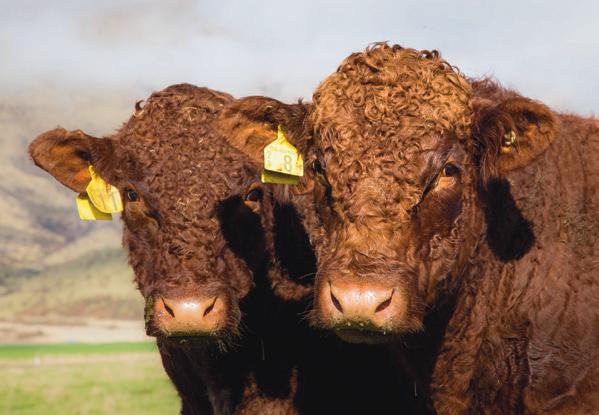
BELOW: At Glenbrook, their Merino ewes spend most of the year on the hill, including lambing. They’re brought down for shearing once a year and again for weaning

conservation parks and areas, and the rest had gone into private ownership.
The wilding pine issue in the Mackenzie basin is out of control. It is the biggest threat to biodiversity outcomes across the basin, and an increasing problem for Glenbrook, says Simon. Though they do what they can to prevent the spread, there is currently no natural barrier. Wilding pine seeds drift for miles downwind of the prevailing westerly winds.
“Wilding trees are not a problem if you can graze them with enough pressure. There is so much DOC and LINZ land around us, with a large seed source. If we don’t let people develop it eventually, we will end up with no bio-diversity and the whole area will be covered by pine trees. Farming will become impossible.”
Basically, it’s a pretty good place to farm, says Simon. “With irrigation, we can finish our own stock and grow our own supplements, it’s 1.5 hours from the port, and the main road is at the gate. It certainly has more advantages than disadvantages, but from a community point of view, it’s hard when there are a whole lot of people dictating what you can do, from the environmental groups to Forest and Bird, that don’t actually live here.”
“Farming is not about owning the land; it’s passing it on. That hasn’t changed. The reason people love it is that farmers have looked after it.”
Simon thinks the area’s future is bright despite negative feelings throughout the sector. “We got through the anti-irrigation people and the antidairying people, and we will get through this too.”
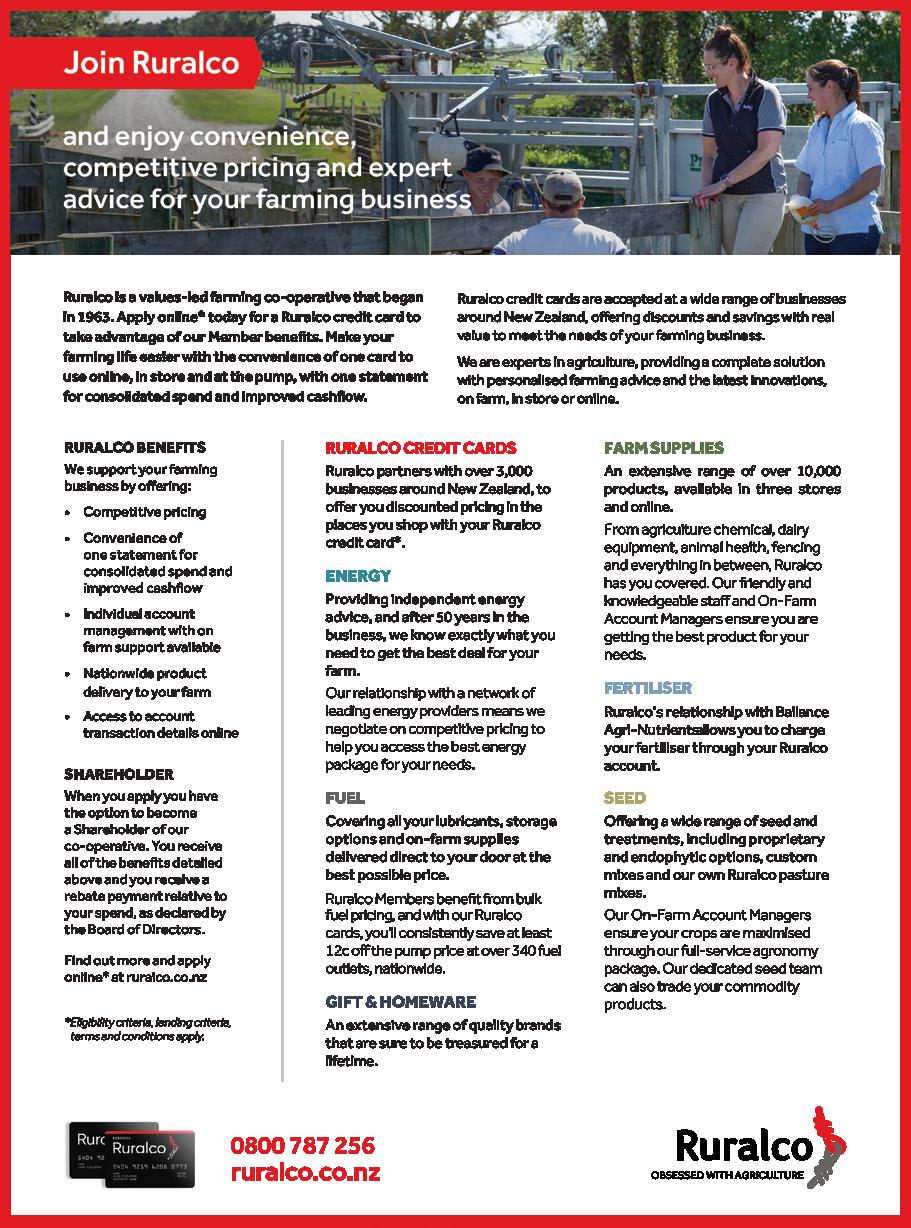



The Todhunter family have doubled down on many generations of established success on Cleardale Station in recent years, pushing on to farm even smarter, add value, and preserve the high value environment providing such a stunning backdrop to the family’s business.
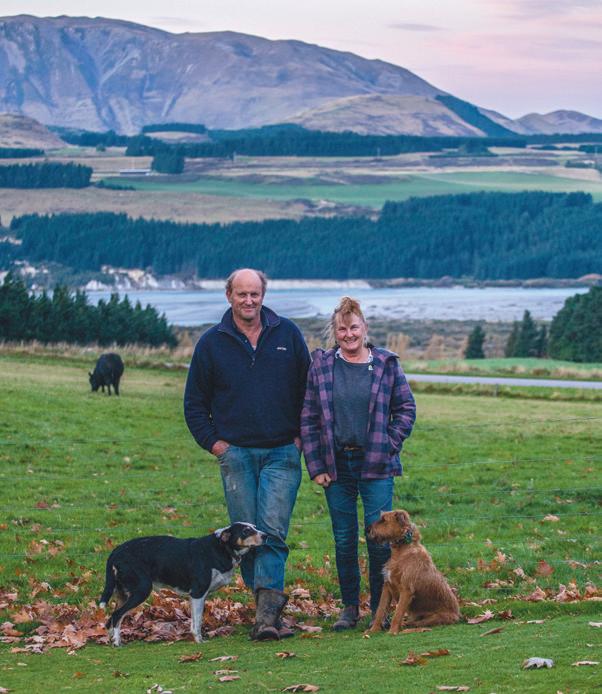 WORDS BY RICHARD RENNIE, IMAGES BY GINA ENSOR
WORDS BY RICHARD RENNIE, IMAGES BY GINA ENSOR
Ben Todhunter humbly admits that as a family they have been “chipping away” in recent years on some pieces of work across Cleardale’s 1,700ha, located up the Rakaia Gorge. In reality, there has been a swag of almost constant activity to mark the time he and wife Donna Field have been on the fourth-generation property, completing work both on the land and on the genetics of the livestock they have put upon it. The couple are a good combination for a modern high country farming business. Ben brings his lengthy farming experience, analytical eye, and market focused business ability, while Donna has a deep understanding of environmental demands and challenges that are part of any station’s day to day mandate to manage.
Donna is a co-chair of the Whitcombe Landcare Group, director of the New Zealand Queen Elizabeth II National Trust for the past seven years and is also on the High Country Advisory Group. The group provides advice to the Commissioner of Crown Lands on the management of Crown pastoral land in the South Island.
For his part Ben is also a director of StockX and the New Zealand Merino Company. He was also a Nuffield Scholar in 2006, completing his scholarship on the integration of conservation and farm production, something of a blend that captures both his own, and Donna’s, experiences on the land. In light of today’s expectations upon farmers around environmental stewardship, Ben’s work back in 2006 appears very prescient.
Back then in his report, he identified how over time minimum environmental standards would become a prerequisite for access to many of New Zealand’s markets for primary produce, and with it the value of developing common environmental standards for products.
He also noted how in most other countries the relationships between conservation groups and landowners are different to here in New Zealand, with greater recognition overseas that dealing with landowners can lead to more enduring outcomes than a “command and control approach”. This was matched by a greater acceptance from landowners that it was acceptable to work with conservation groups.
On the land itself, one of the major steps undertaken over the past decade has been the
high value environment providing such a stunning backdrop to the family’s business
BELOW: Wrapping up after a busy day in the yards
installation of irrigation on Cleardale’s easier country, prompted after experiencing some droughts through the early 2000’s.
With a conservation order on the Rakaia River preventing any water take there, but allowed on tributaries including Little River, Ben partnered with electricity company Mainpower to develop a 1mW hydro generating station along the river, a project that provided the head for gravity fed irrigation.
Today 210ha is under centre pivot irrigation, providing good finishing country and security against unpredictable summer dry conditions up the gorge.
Assorted land purchases through the years have expanded the station’s size, while Ben has also focused on doubling down on the station’s livestock genetics business.
Cleardale has been selling Merino rams since 1954, but in the last eight years have been able to offer sires from their SX Fine Wool breed. Ben describes the SX as an effort to breed a sheep with the growth rates and robustness of a cross
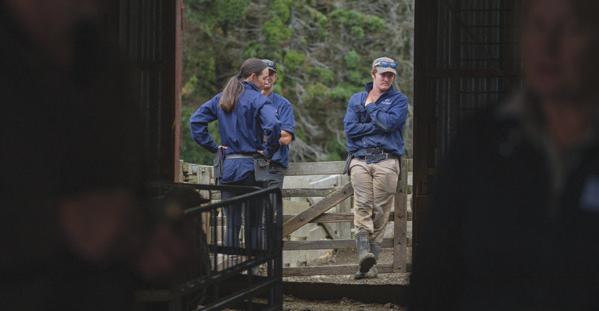
bred capable of handling any environment, but with a high value Merino—like fine wool. Those cross bred traits include good reproductive capacity, capable of achieving 140% lambing percentage, with high survivability from scanning to weaning.
“The crossbred wool gig is hard, and you really need to be in fine wool or out of wool altogether, to make money out of it today.”
Bred to thrive in most conditions, with good foot rot and worm resistance, the SX Fine Wool produces a fleece that ranges from 21–25 microns.
As a director of the NZ Merino Company Ben appreciates more than most the value of quality, fine fleece which as a fibre is being greeted with ever increasing demand from clothing manufacturers globally.
Its use for both outer wear and layered active wear is finding strong appeal with consumers keen to source their clothing from certified, sustainable sources and steer well clear of synthetic sourced products.
“We supply SmartWool which has been experiencing a growth rate of 12% a year compounding. With a micron level of 21–23 there is a strong demand there for our fibre, particularly at the lower micron level.”
He does not see any significant lift coming in sheep numbers globally to meet that, and despite some competition from the likes of South America, he believes New Zealand’s fine wool reputation will hold it in good strength as this demand continues to grow.
Cleardale has had its first SX Fine Wool ram sale and Ben is keen to build up the station’s client base in coming years. This includes extending into the North Island, and in anticipation of that he is incorporating facial eczema tolerant genetics this year.
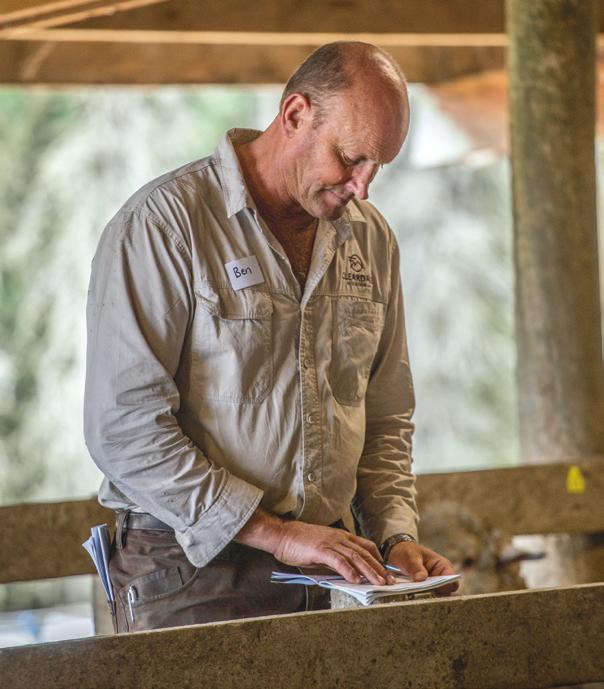
“We also have our rams in the B+LNZ progeny test which will provide a good indication of where we sit in terms of those key traits like growth rate.” The stock is also entered into the Australasian database for fine wool genetics. Meantime, in anticipation of growing demand for lower greenhouse gas emitting genetics, Ben is having 14 different sires measured in respiration chambers to capture their emissions and to add into their breeding index data.
“This will also give us a good idea of where we sit emissions wise which do seem to align well with production traits.”
He sees the next few years as an opportunity to fine tune the Cleardale genetics and is quietly proud to have helped develop a constructive
LEFT: Ben sees the next few years as an opportunity to fine tune the Cleardale genetics
BELOW: Donna is a
solution to the wool conundrum many farmers are battling, including those who may not particularly want to convert their genetics to a shedding breed.
“We are also trying to breed a few more lambs ourselves, taking them through to get 75mm of low micron wool off them before they head to processing.”
That same market focused approach to breeding is also being applied to Cleardale’s Angus beef genetics.
Ben has always focused on breeding cattle capable of performing well in tough high-country conditions, with highly functional cows that consistently deliver calves with above average weaning weights, and capable of restoring body condition on average quality pasture.
The pillars include being “sound” and able to cover ground and forage, being quiet and “safe” to work with. The third pillar “steak from grass” is a consumer-focused trait that includes good intramuscular fat levels, a key factor in providing a great consumer steak eating experience.
The fourth pillar is “sink”, that is an environmentally focused animal that provides the opportunity for carbon favourable operation, one ultimately underpinned by having efficient cows with good offspring growth rates.
A recent trip to the United States confirmed the opportunities that exist to incorporate US genetics into the herd to build on the eating experience.
“We travelled through California, Colorado, Nebraska, South Dakota, Missouri, Kansas,

Montana, Illinois and Ohio looking at bulls and talking to American Angus breeders and marketers. They are significantly ahead of us in the US in terms of their carcass traits, thanks largely to the Angus Certified beef programme they run as part of their branding.”
Meeting and dining with invited chefs was an eyeopening experience into how good quality beef is measured, with significantly greater emphasis placed upon the eating experience than the beef’s environmental footprint.
“The opportunity for New Zealand in the US is to nail the quality, and then to layer in the grass fedenvironmental story into that product.”
The visit has Ben keen to incorporate more US Angus genetics into Cleardale’s bloodlines. This includes to achieve better marbling, a reasonably heritable trait that is so integral in the final product’s taste and eating experience profile.
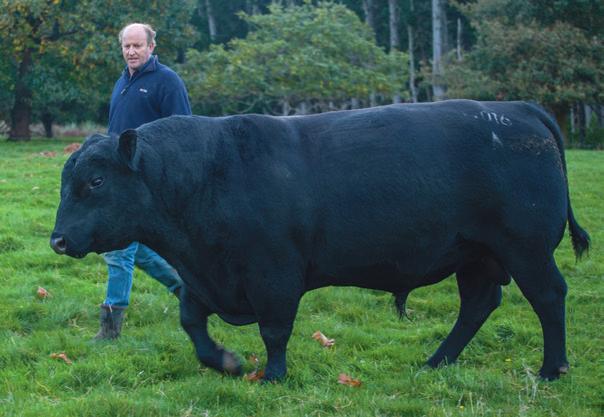
“At present I also feel that maybe there is greater opportunity for us in Asia than in the United States, playing off the grass fed- pure quality offering we have.”
Leveraging off Donna’s environmental knowledge, Cleardale has also invested in a private conservation project with other shareholders at High Bare Peak, covering 540ha. Focusing on regenerating it back into native bush, the group’s members bring their own particular skills in pest and weed control, and plant care.
“We are not so keen on introduced species and want to work with what native and regenerating vegetation there is. We have also worked on a project up the Rakaia Gorge with our neighbours, removing ‘homestead’ weeds.”
ABOVE: Ben has always focused on breeding cattle capable of performing well in tough high-country conditions
RIGHT: Cleardale has been selling Merino rams since 1954, but in the last eight years have been able to offer sires from their SX Fine Wool breed
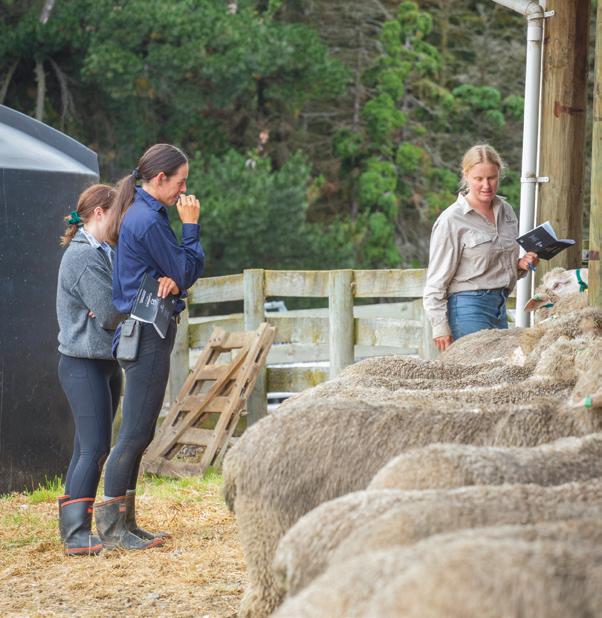
These weedy trees like sycamore, ash, and cotoneaster, and climbers such as ivy and Chilian flame creeper, present a huge threat to our existing bush and forest remnants.
“We have put in a walkway and carpark for the public, with a lookout up the gorge which is proving quite popular as a short stop on the Inland Scenic Route. We put this in to showcase the location, biodiversity and cultural values and
as a management tool to stop people abusing the space with random track creation, and illegal camping and its associated problems.”
Other conservation projects include a couple of QEII covenants and support for a large predator control program aimed at protecting the special birds that nest in the braids of the Rakaia River such as the Wrybill Plover, the only bird in the world with a bent beak.
Tourism is an area that may hold further potential in the future as side business for Cleardale, with the recent purchase of a property near the Gorge bridge that lends itself well to a possible commercial use.
The environment they are working to preserve also delivers the occasional film crew keen to take advantage of the station’s stunning environs in the lee of the Alps, and only an hour from Christchurch. Advertisements produced there have included work for Fuji, ANZCO, the NZ Merino Company, and German based workwear company Engelbert Strauss.
Longer term they are working to incorporate carbon capture as an income source, an area many high country stations are keen to build into station income streams, given the vast amount of regenerating vegetation stations have, throughout the South Island.
“We are also thinking ahead about the next generation, what the station could offer them— they are all working, but who knows, they may be interested in coming back.”

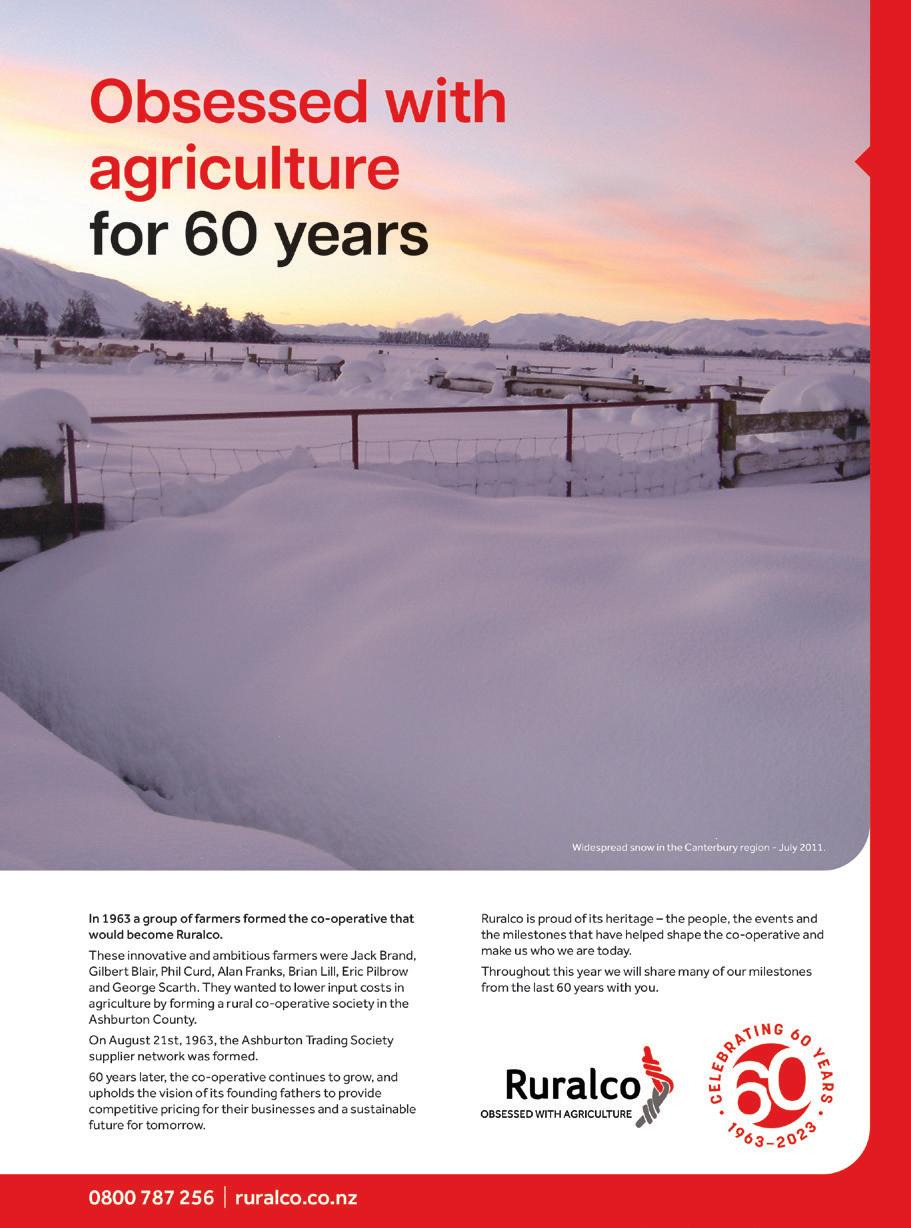
THURSDAY 8.00AM–5.30PM
FRIDAY 8.00AM–4.30PM
DEALS AVAILABLE UNTIL MIDNIGHT 9 JULY*
RURALCO.CO.NZ/INSTOREDAYS
A celebration of all thing’s agriculture, Ruralco’s Instore Days is just around the corner, and this year’s event is shaping up to be another fun, social, and exciting opportunity for farmers and locals across Canterbury.
WORDS BY INDIANA ROBERTS
Our annual Ruralco Instore Days will be held over Thursday 6 and Friday 7 July, and this time the event will be woven with nostalgia as we celebrate our 60th anniversary.
Founded in 1963 by a group of ambitious Ashburton farmers who wanted to make farming life easier, Ruralco has always been about people with a passion for agriculture.
Back in 1994, Ruralco (then known as Ashburton Trading Society) held the first Instore Days. Since then, the ‘field days’ style event has become a must-attend on the farming calendar, with people across Canterbury flocking to benefit from the exclusive deals, competitive pricing, and incredible prize draws.
But Instore Days was never just about bringing the best deals in agriculture to Ashburton; it was also about creating a space where farmers could gather and reconnect with one another, to share their successes, trials, and tribulations, and know that someone has their back. And 30 years later, we continue to hold on to this objective.
“It really is amazing to see how far our cooperative has come,” says Ruralco Group CEO, Robert Sharkie. “From humble beginnings in Jack Brand’s living room, to celebrating 60 years of business. The farmers and people of Mid Canterbury have been an integral part of making us who we are today.”
“Instore Days provides a great opportunity for us at Ruralco to connect with farmers and locals from across Canterbury. We offer our members a great day out where they can grab a bite from some fantastic local food vendors, catch up with friends and suppliers, and take advantage of all the amazing specials that will be on offer. Plus, there’s some great travel vouchers to be won. We know farmers don’t get off farm very often, so giving them the opportunity to take a holiday is one way of acknowledging their hard work and passion for what they do.”
The 2023 Instore Days event will be held at our Ruralco Ashburton store with suppliers and representatives on site to discuss all your farming needs. There will be great deals and information on farm supplies, seed, fertiliser, fuel, and energy, with an extensive network of card merchants across the country participating in the event through their own retail stores. There will also be food vendors available daily between 10:00am and 3:00pm, as well as coffee and tea served throughout the day, so load up
the truck, bring the kids, and enjoy a fun and social day out.
Plus, for every $250 cumulatively spent across participating Instore Days suppliers before 9 July 2023, you’ll go in the draw to win a share of $30,000 worth of House of Travel vouchers*. Every $250 spent on a Ruralco charge card, will give you one entry into the draw, and every $250 spent on a Ruralco credit card will give you two entries into the draw.
Members will be able to begin accumulating entries into the prize draw from 1 June 2023, simply by spending $250 or more online, in store, or with any participating supplier before midnight 9 July 2023. Entries are automatically recorded on members’ accounts, making it as easy as swiping your card.
So, if you haven’t already, get this year’s Instore Days dates in your calendar and join us at Ruralco Ashburton for great conversation, epic deals, and some tasty food.
Alternatively, you can visit our Methven or Rakaia stores to get the same great deals, and a bite to eat, or you can visit our participating card retail businesses at their stores for exclusive Ruralco Member deals.
If you can’t make it into our stores, or if you farm outside of Canterbury, you can still participate in our great deals by shopping online at www.ruralco.co.nz/instoredays.
www.ruralco.co.nz/instoredays
Spend $250 with our participating Instore Days suppliers to ensure you maximise entries in the draw to win one of three House of Travel vouchers worth up to $15,000*.
Get one entry for every $250 cumulatively spent with the Ruralco charge card or two entries for every $250 cumulatively spent with the Ruralco credit card.
There are three House of Travel vouchers to be given away in order: 1 voucher for $15,000, 1 voucher for $10,000 and 1 voucher for $5,000.
*Terms and conditions apply and are available at www.ruralco.co.nz/instoredays.
1.
2. Visit our participating card merchants at their stores for exclusive Ruralco Member deals.
3. If you’re too busy on the farm to make it to the stores, or if you farm outside of Canterbury, you can still participate in our great deals by calling 0800 787 256 or buying online at www.ruralco.co.nz/ instoredays.
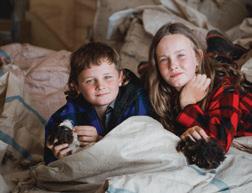
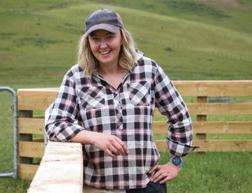
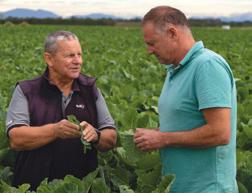
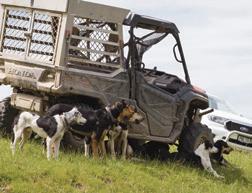
WANT
Scan the QR code and apply online* today to take advantage of the full range of our member benefits.
*Eligibility criteria, lending criteria, terms and conditions apply.

Make the change to buying bulk fuel through Ruralco, with Allied Petroleum delivery, and you’ll go in the draw to win a $2,500 travel voucher. Keep your machinery and yourself in peak condition. Find out more at Instore Days.

Betacraft produces hardwearing gear, fabricated using the best materials and technologies to keep you outside for longer.
Secure your winter essentials this Instore Days and be sure to view the exclusive deals on Betacraft Clothing.
BA Pumps and Sprayers is a New Zealand family owned and operated business
Get sorted for spring at Instore Days and see our deals on the TSX400, DM Series, Sprayers, and more. Order at Instore Days for spring delivery.
It takes a trio of solutions to attain ultimate calf health.
Blue Pacific Minerals’ products work hard for your calves. Spend over $500 across our Young Stock products at Instore Days and receive a free pink Opticalf Feed Trough.

Bundle together your Broadband with their new mobile plans with new RBI wireless plans increasing in data cap and decreasing in price. Find out more at Instore Days.
Come chat to us about your power and you could get your hands on a Meridian Brooklyn Block of chocolate, plus you could get more than just a delicious fix. If you find a golden ticket, you’re in for a Meridian Energy account credit* of $200, $100 or $50.

Make your life easier with Farmside, so you can be out there doing what you love most.
SHOP WITH THESE PARTICIPATING SUPPLIERS IN STORE OR ONLINE FROM 1 JUNE TO 9 JULY TO BE IN TO WIN ONE OF THREE HOUSE OF TRAVEL VOUCHERS WORTH UP TO $15,000*
CHECK OUT THEIR GREAT INSTORE DAYS DEALS AVAILABLE IN STORE FROM 6–7 JULY AND ONLINE FROM 6–9 JULY *TERMS AND CONDITIONS APPLY
SHOP WITH THESE PARTICIPATING SUPPLIERS IN OUR RURALCO STORES OR ONLINE

FARM SUPPLIES
CLOTHING & FOOTWEAR
GIFT & HOMEWARE
SWITCH THE FOLLOWING PARTNERS’ PAYMENTS TO YOUR RURALCO ACCOUNT
CONTACT THE RURALCO SEED TEAM TO ORDER FROM THESE SUPPLIERS
SHOP WITH THESE PARTICIPATING CARD MERCHANTS



IN THE MARQUEE
IN STORE



A few things have changed since the Methven Collie Club’s first dog trial was held in August 1897. The tweed jackets are gone, but the love of stock, camaraderie and a strong sense of community remain.
WORDS BY ANNIE STUDHOLME, IMAGES BY ANNIE STUDHOLME & SUPPLIEDDog trials were more than friendly competition amongst our pioneering farming forebears; they were an important way of connecting and catching up. Since the late 1800s, sheep-dog trials have been a distinctive and valuable aspect of farming life, woven into the very fabric of rural communities.
The first trial occurred in Wanaka in 1867, followed by Waitangi and Te Aka in 1868 and Haldon Station in the Mackenzie Country in 1870 – all before an 1873 trial at Bala in North Wales, which is claimed to be the first-ever public dog trial. By the beginning of the 20th century, dog trials were seen nationwide – with a national championship held every year since 1936.
A quick check of the trophies and honours board at the Methven Collie Club result’s shed reveals the club is steeped in history and tradition going back 125 years.
Dogs like Toby, Scamp, Sweep, Pat, Patch, Rock, Skip, Don, Gain, Sue, Fleet, Fog, Kate, Rhys, Peg, Taine, Trix, Mary, Zoe and Don have etched their spot on the honours board having achieved South Island and national honours with some of the country’s best including Ted and Hugh Weir, Peter Kidd, and Mark Copland.
At the same time, the club’s history is dominated by generations of McLeans, Todhunters, Grieves, Ensors, Griggs, Harrisons, Richards, Weirs, Talbots, Hutchinsons, Coplands, Browns, Roberts, and Watsons.
Having taken over from long-serving president Bob Brown at 36, incoming president Sam Lock represents the new generation of members. “It’s a privilege to be president of a club like this steeped in such a long history. I am fortunate to have all that experience around me,” he says.
A Methven local, Sam started working on sheep and beef farms while still at school. Through club stalwarts and good family friends, Ted Weir and Warwick Bell, Sam was first introduced to the club about 10 years ago. Initially, he helped out ‘slipping’ on the trial day before getting more involved in the committee.
“I just started as a way to improve my working dogs,” he says. “I enjoy spending time with the dogs, the learning and the challenge of the competition. It’s a good measure of where your dog is. But it has to be one of the more challenging sports to do. It can be a tough game. There are no guarantees.” There are three sheep, you and a dog, and they have minds of their own too, explains Sam.
Having the opportunity to learn from the likes of former national champions Kevin Lamont and Mark Copland is a huge advantage. “We are so lucky that we have people in the club like them who are more than willing to share their knowledge with the young ones coming through.” Sam runs a 170-hectare beef and dairy support block at Alford Forest. As his children grow up, he hopes to have more time for dog trialling.
Though sheep numbers were declining, Methven Collie Club secretary Robyn Copland says dog trialling was growing in popularity with more young people and more women taking up the
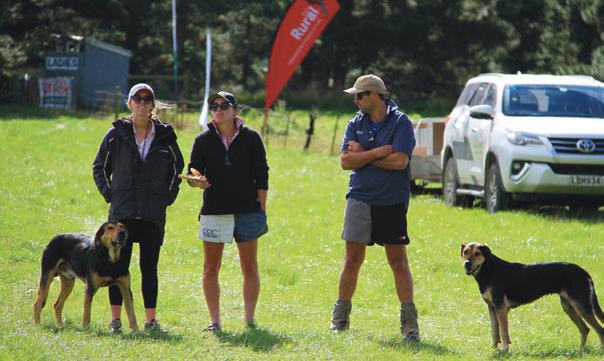

sport. “We have quite a few girls trialling which is great to see.”
Dog trialling was unique in that respect, she adds. It is one of the few sports where people can compete at any age, and you can have men and women competing against each other on the same level playing field.
Though the committee was small, everyone knew their job, she says. From the ladies running the kitchen to those running the bar or the timekeepers, it took a massive amount of volunteers to make the annual dog trial a success. Without the ongoing support from landowners and those farmers who provided the sheep, it wouldn’t be possible. It remains an important community event, just as it did in 1897.
The first Methven Collie Club trial was run on August 27, 1897, at Rose Hill on the property of John Holmes Esquire. Attracting 60 entries, about 200 people made up of farmers, shepherds, and the general public attended. It was a four-class event costing non-members 7s6d for the first dog, 5s for each afterwards. Members then paid 2s6d for each entry and three Merino wethers, or five crossbreds, used across the four classes.
Rose Hill continued to be the venue for the annual trials until 1928. However, the driving competition was held at the Methven Racecourse for the previous few years. Even in the early years, trialists were prepared to travel long distances. Judges, too, came from outside the district.
Men from the settlement of Alford Forest, known locally then as ‘The Bush’, formed the club’s backbone in its infancy.
With murmurs that the trial ground may be affecting numbers, in 1928, the Methven Collie Club moved to Mr T S Harrison’s Drayton Estate. The course itself was on a long sloping terrace. The new course was well-received, with solid entries.
In 1937, the Methven Collie Club finally agreed to join the then Canterbury Collie Dog Association (now the Canterbury Sheep Dog Trial Association). Methven had vehemently opposed the idea since the early 1920s. That year the Methven Collie
Club’s annual trials also shifted to the President Mr R C Todhunter’s Blackford station. The trials continued to be held at Blackford until 1941 when it returned to Drayton Estate.
The club celebrated its 50th year in 1946, with Jubilee trials held at Drayton with prizes totalling 100 pounds. Judge Mr P Fagan of Peel Forest presided over the three classes - Class 1 Open Huntaway with Slew, Class 2 Open Long Pull & Steady in Yard, and Class 3 Open Short Pull and Yard. The classes attracted 28, 50 and 48 competitors respectively.
From 1953 to 1958 the trial ground shifted to a terrace below the Mount Hutt station homestead, then owned by the Richards family, who had been early supporters of the club. The courses, especially the huntaway one, were more straightforward than previous courses. In 1959, it was moved lower down on a big terrace of the Rakaia River to the current grounds.
A permanent cookshop was later erected with the help of local carpenters and under the guidance of Peter Ensor and the late Tom Hutchison. A bar soon followed, growing mainly from donated materials. The uprights came from telephone poles from the road up to Rose Hill. Judge’s boxes were also added, followed by a new road in 1964 and a new secretary’s office in 1967 replacing the previous one, an ex-army hut that was brought down from Cleardale.
The club’s 75th Jubilee celebrations took place in 1971, attracting 300 entries over the 20 events run on the neighbouring properties of Mount Hutt Station and Mr Bruce Harvey.
The main Mount Hutt Station homestead block was subsequently sold to the Hood brothers in 1977, with the trial ground purchased by Ray Barlass and his son David, before being sold again to Hugh and Ted Weir, all of whom had been happy for the club to continue holding trials there, and in many cases providing sheep.

Before long, the club celebrated its centennial. The judges who officiated had all been associated with
the club in years gone by. They included Don White, Stuart Weir, Robin Quigley, and Kevin Lamont. Although the trial ground has remained the same, despite changing hands, there have been dramatic changes in personnel, circumstances and farming in the past 25 years, reflecting changes for the club and dog trialling in general. Despite the growth of dairying and the decline of dog use on farms, the 125th Anniversary Trial last March confirmed dog trialling remains in strong heart attracting solid entries from across the South Island.
Former national champion Kevin Lamont (82) has been dog-trialling for over 60 years and is still going strong. “There is nothing like dog trials. It grows on you. It doesn’t matter if you are nine or 90. I don’t think I would be content with going and watching now; I would want to get out and do a run. While I am still competitive and enjoying it, I want to keep doing it for as long as I can,” he says. Originally from Methven, Kevin was first introduced to sheep and dogs by well-known local musterer Elliott Grieve as a youngster. Having started as a ‘packy’ at age 12, Elliott did his first muster at Clent Hills in the Ashburton Gorge two years later and mustered without a break for the next 59 seasons. He later worked as a head shepherd at Mount Hutt Station. His dog skills were legendary, winning numerous trophies in dog trials.

Though his grandfather had also worked as a drover, Kevin attributed Elliott with making him fall in love with dogs and stock. “He got me a pup from Charlie Wightman and that got me really triggered. I was mad keen on dogs from then on.”
Kevin also got involved with the Methven Collie Club through the Weir brothers, first helping out
while still at school before becoming a member. On leaving school, Kevin worked for 12 years mustering in the Rakaia Gorge for the Ensor family, returning for the annual dog trials, which were held in May once the autumn musters had finished. Later, his work took him away from the Methven district to Geraldine, Banks Peninsula, Waimate and then Cheviot. Still, he continued dog trialling with other clubs, having a hugely successful career, including picking up numerous South Island and national titles. His highlight was winning the New Zealand Championship in 1982 with his huntaway ‘Bess’.
He competed at the Methven Collie Club’s 75th jubilee, judged at the 100th and was on hand to compete against at its 125th celebration trial last year.
When he started, Kevin says the Weir boys (Hugh and Ted) and Murray Bell were a great help to him and any other youngsters keen to give dog trialling a go. Their skills and knowledge were invaluable, and over the years, he’s been happy to give back in the same vein.
But at the end of the day, the camaraderie and sheer love of stock have kept him involved in the sport all these years. “I love working the stock and testing myself against the stock that are thrown at you. It doesn’t look too hard to those on the sidelines, but it’s a different story when you get out there. I also love meeting up with everyone. I’ve met people all over New Zealand through dog trialling and made some lifelong friends.”
His wife, Prue Lamont, can often be found in the kitchen or timekeeping. At the same time, sons Tim and Ben, who live in Gisborne, have inherited their father’s love of stock and are also keen dog trialists.
Kevin has witnessed many changes in the sport over the years. Many more females are out competing now than when he first started, which he believes is good. And there were a lot of younger members beginning to take part. He says that moving trials to the weekend, so people didn’t need to ask for time off work was also a positive move.
Dogs too were much better trained. “There are many more opportunities to learn nowadays with clubs running clinics and training days to help people with their stockmanship. In the early days, we didn’t have steering on dogs. We just hoped they would go in the right direction. Back then, there used to be six or 10 dogs that could win it, whereas now there are more like 50. That’s just because of training.”
Having concentrated on huntaways initially, since moving to a lifestyle block on the outskirts of Ashburton, Kevin is training a couple of heading dogs.
For those keen to get involved in the sport, Kevin’s advice is to find your nearest club and get an older dog well broken in, then get a well-bred pup and build up your team. “The problem with getting a pup first is that you’re both trying to learn at the same time,” he explains.
There are 157 sheep dog trials clubs nationwide, 89 in the North Island and 68 in the South Island, 18 of which are in Canterbury. The club trial season usually begins in January each year and ends in June. Entry is open to all competitors and their dogs. All competitors start with 100 points, and as faults occur, points are deducted.
Competitors gain points to compete in the South and North Island Championships, culminating in the national championships held each June.
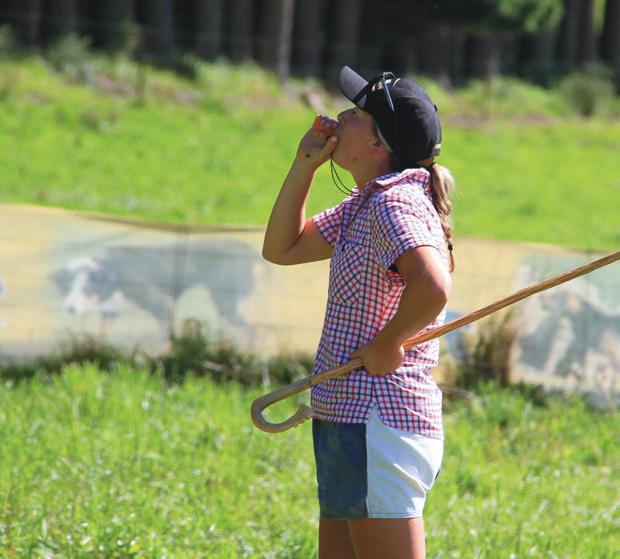
This year’s South and National Championships took place on 22–27 May, hosted by the Warepa Collie Club in Otago. There are four standard classes with a judge for each course:
Class 1:
The competitor starts his dog from a marked ring, and the dog heads three sheep on a hill 300 to 600 metres away. The dog pulls them into the ring in as straight a line as possible and holds them stationary to the judge’s satisfaction, all within 10–15 minutes.
The competitor starts his dog from a marked quad, heads three sheep between 150 and 300 metres away, and pulls them to the quad. They then move them along a pegged lane, through a pair of hurdles along another lane, before working them into a two-metre-square yard. The run is completed when the gate is shut on the sheep within the given time limit.
Class 3: Huntaway – zigzag hunt
The competitor starts his dog from a marked quad. Three sheep are liberated, and the dog then uses his bark to hunt them up a zigzagmarked hill for 200 to 300 metres. The run is completed when the sheep pass between the top set of markers within the given time limit.
Class 4: Huntaway –
This event is the same as the zigzag hunt, except there’s only one set of markers 20 metres apart at the top of the course. The dog aims to hunt the sheep from the starting point, in as straight a line as possible, through the markers.




No two farms are the same and that is even more so when it comes to the mineral needs of livestock upon them. Variations in soil type, feed inputs and fertiliser levels will all have a complex, interacting impact upon an animal’s level of valuable nutrients and trace elements. WORDS BY
RICHARD RENNIE, IMAGES BY ANNIE STUDHOLMEOften these deficiencies can be unseen, lurking below the surface of outwardly healthy stock, but quietly corroding their health, wellbeing, and productivity.
Drawing on the knowledge and skills of Ruralco’s livestock and nutrition specialists the cooperative has developed a range of quality supplements, in its BOOST formulations.
The range includes BOOST Dairy Feed as a meal or pellet, BOOST Complete high protein (19%) calf pellets, and most recently BOOST Minerals developed for dispensing through water troughs on dairy farms.
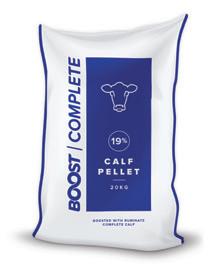
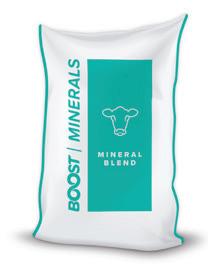
Ruralco’s On-Farm Sales Manager
Andrew Mitchell is excited by what the customised BOOST Mineral Blend will mean for his farmer clients keen to have a product they can tailor to their herd’s specific nutrient needs.
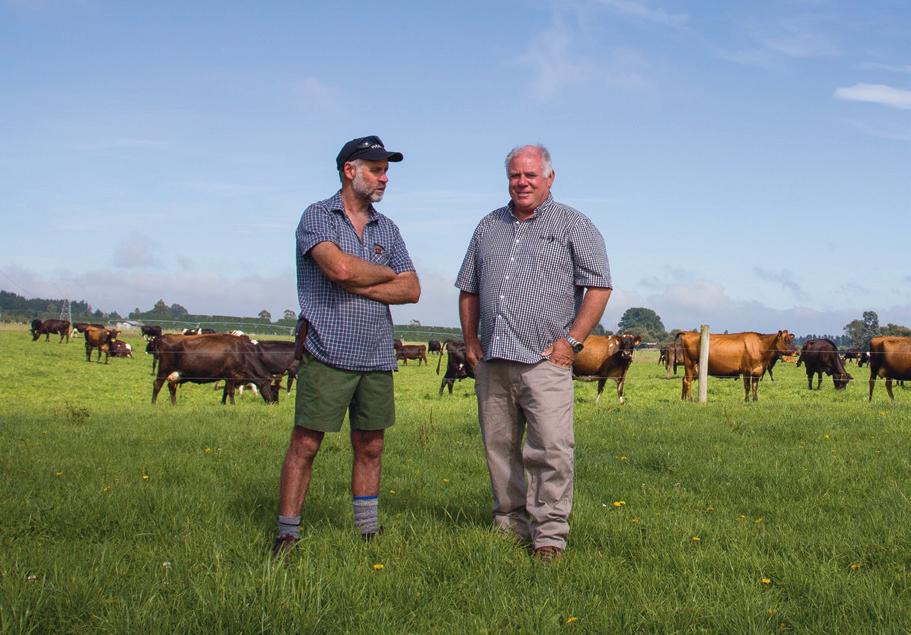
“There are plenty of mineral supplement options in varying qualities out in the market today, but
we have worked hard to ensure the custom blend meets the highest mineral specifications and have made sure our clients will have peace of mind that we have sourced only the best to include in our BOOST Mineral Blend,” he says. The custom blend is developed for water line delivery, being fully compatible with in-line dosing systems like Dos-A-Tron, with its high-quality formulation ensuring a free flowing, non-blocking constant delivery.
To enhance stock uptake of the minerals, the formulation includes an aniseed flavouring offering, a more appealing flavour profile than the typical masking tastes utilised in some products.
“The aniseed flavour has been proven to actually enhance water
uptake, rather than simply mask a taste the stock don’t like, ensuring they are getting more than adequate intake not only of water needs, but also of the minerals themselves,” says Andrew. Ruralco have put their farmer clients and their livestock needs at front and centre in developing
LEFT: Brent is also particularly proud to be involved in the Boost custom blend launch, given his role at Ruralco has seen him become heavily involved in animal nutrition and supplementation.
RIGHT: Graham Wells says the formulation is meeting all their dairy cow and young stocks’ mineral requirements, with calves and two-yearolds getting the same blend
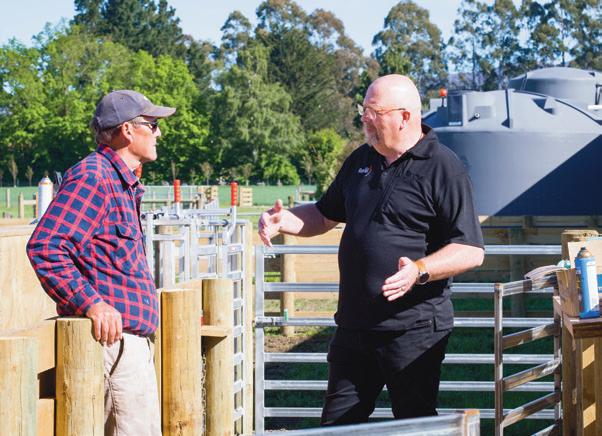

BELOW: Todd Lewis and Ruralco’s On-Farm Sales Manager Andrew Mitchell discuss BOOST Minerals
BOOST Minerals, offering it in either bulk bag sizing for self-measuring, or pre-measured “day” bags for ease and certainty of dosing.
“And of course, it is up to each client to determine what they want included by way of minerals in their particular BOOST order. The active ingredients are subject to your livestock’s requirements, and are likely to include trace elements, minerals, vitamins, and any other additives as required,” says Andrew. Ruralco advises clients to consult with their veterinarian on their herd’s particular needs. Brent Chamberlain brings another layer of experience and knowledge to Ruralco’s BOOST supplement range, having spent 25 years in the animal health sector. He also has a strong farming background and appreciates the quality and effort that has gone into developing the BOOST range.
“The custom mineral blend also offers the convenience of herd day packages, meaning the required amount is pre-portioned and all good to go, ensuring an accurate amount is being added day in day out. As a dose supplement BOOST Minerals is competitively priced and offers a consistent high-quality means of mineral delivery,” he says.
Brent has been working with Dunsandel based farmers Graham and Adele Wells for several years. The Wells run 800 cows and have been using BOOST Minerals for their whole herd.
Graham says the formulation is meeting all their dairy cow and young stocks’ mineral requirements, with calves and two-year-olds getting the same blend.
“Based on the blood tests that we do in the spring via our vet and also our liver post cows going to the works in autumn, they are all very good and at the levels we are requiring,” he says.
Andrew is also particularly proud to be involved in the BOOST product launch, and his role at Ruralco has seen him become heavily involved in animal nutrition and supplementation.
Having been a dairy farmer himself, he then embarked on a career in livestock nutrition, gaining many of his earlier skills while working in the industry and specialising in agronomy.
“For the past 10 years my focus has really been around nutrition, which is something of a passion for me and this fits well with Ruralco’s development of the BOOST range.”
He believes in the past few years more farmers have become aware of the value of trace elements and minerals, particularly at peak stress times of mating and calving.
“We are forever trying to drive up production rates from the same number of animals, and expecting our herds to be capable of doing more every year means demands on not only feed levels, but the quality of the nutrients they are consuming, becomes ever more critical.”
BOOST Dairy Feed has proven particularly popular with dairy farmers looking to tailor their herd’s feed supplementation to meet their cows’ particular needs, depending upon mineral and nutrient status and seasonal feed quality challenges.
Using quality locally grown grain ingredients and the highest standard of dietary grade minerals available, BOOST Dairy Feed has provided peace of mind to farmers that their cows’ dietary needs are being met even at the most stressful periods of lactation.
Andrew is also proud to see the BOOST Complete calf pellets now available, another product that captures much of what Ruralco is aiming to do for its farming members.
“We use entirely locally grown grain in the pellets, process them locally and have ensured they offer a very high quality, value for money option for farmers wanting to give their future herd the best possible start in life.”
Find out more about our BOOST range by calling 0800 787 256, visiting our website www.ruralco.co.nz/boost or by contacting your Ruralco Representative today.
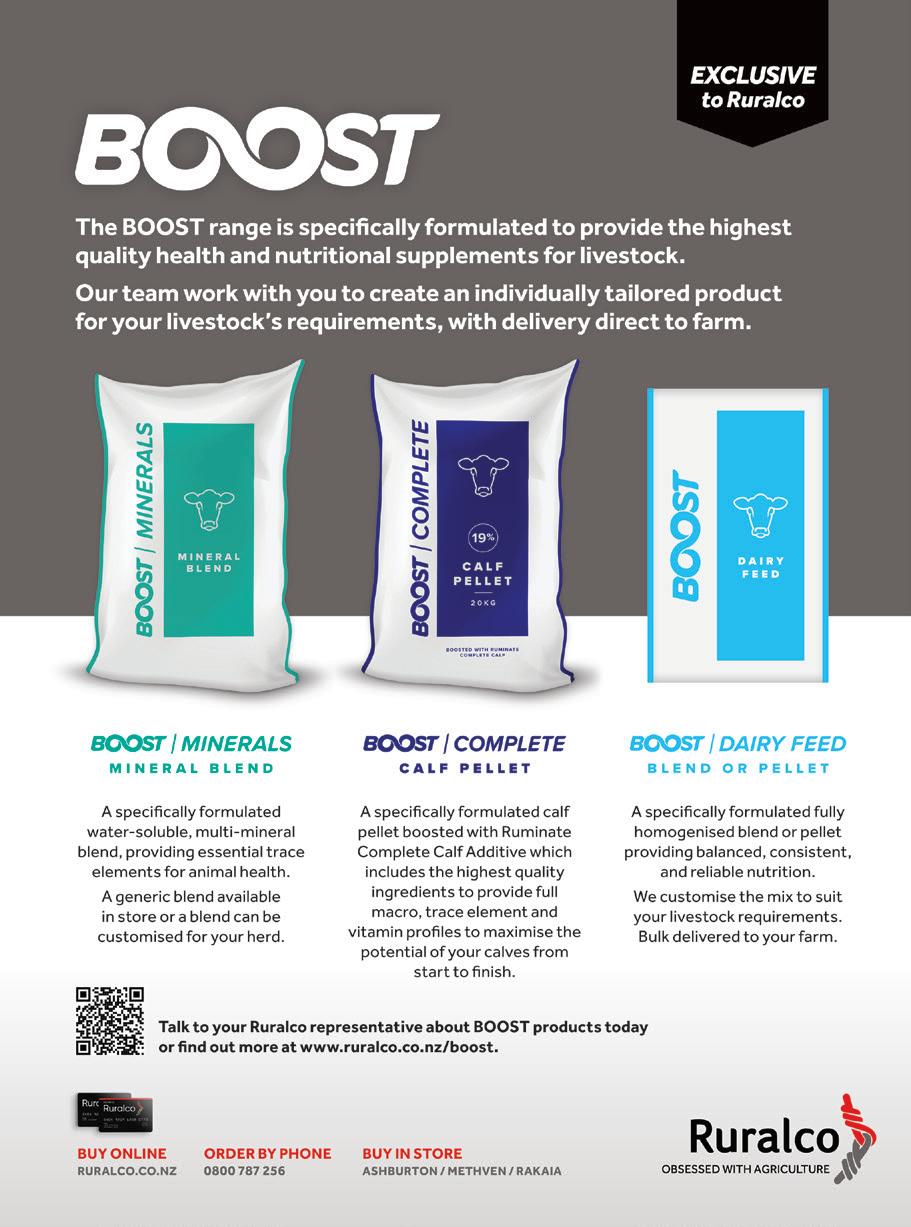



Neil Bateup, North Waikato farmer and chair of the Rural Support Trust has farmed in his district all his life, one that is typical of so many small rural areas throughout the country. Like many famers his age, he has witnessed some drastic changes to his rural community over the past 30 years, changes which in some respects have made farming easier, but in other ways significantly tougher and more isolated.
WORDS BY RICHARD RENNIE, IMAGES SUPPLIED“It used to be every district had its own hall, tennis club, school and even a rugby club. There was a lot of community spirit. Cars were not as good as they are now, nor were the roads so you didn’t travel too far.”
Farms tended to be smaller often one-man affairs, so neighbours would help neighbours with jobs like haymaking, and they would often prove to be as much a social occasion and a necessary job with stops for tea, drinks, and conversation along the way. While not missing the tough grind of stacking small square hay bales, Neil believes the loss of social connection brought on in part by greater mechanisation and the hollowing out of rural communities contributes to some of the mental stresses he and his group deal with today.
At the same time the mental challenge of running a farm business is greater today than back when the physicality of the business was more intense.
“It was definitely more physical, you would be clearing drains with a spade, dealing to gorse with a slasher, feeding the pigs by hand, it was a pretty hard, long workday.”
Meantime today’s farms are demanding more around compliance, health and safety, water quality
and greenhouse gases. Staff expectations around leave and conditions are deservedly greater, and also have to be juggled in an environment where good staff can be hard to come by.
“Farms are bigger, more complex businesses now, with the expectations of more people and parties being placed upon you, and often as the boss it can be hard to roster yourself off to get a break from it all.”
He doubts the usual climatic factors like droughts and extended wet weather have necessarily got any more frequent in recent years to add to farming stress, having witnessed some “real tough” drought years through the 1970s and 1990s in his own career.
“In some respects, you have more tools to deal with these now than we had then, supplements like maize silage, palm kernel, for example.”
Generationally farmers are however more prepared now to discuss mental health and take steps to improve it as things pile up within the farm gate.
“Not so many years ago it was something that was really not discussed much, you were expected to toughen up, get on with it. It was almost a taboo subject.”
While there will always be farmers whose work is their hobby, and who have issues when they expect others who work for them to do the same, there is an increasing awareness of the need for a work life balance.

It is even more important when one’s business is also their home, and being able to separate the two can be exceptionally challenging.
“I think of our own 50:50 sharemilker who now puts himself on the roster for time off every second weekend and the farm’s flexibility has been improved thanks to them running a oncea-day milking system all year round.
“I am increasingly encouraged by the number of people who are looking at flexible options for milking for example, trying to give people a break and make it possible to have a life off the farm. The awareness of this is much greater now.” But looking ahead, he is also conscious stresses in the coming season across the primary sector are likely to ratchet up further, thanks to a softening of commodity prices almost across the board and continuing high cost structures. “More banks and accountants have been reporting people are not paying their overdrafts
down and are likely to carry them forward into the new farming year, which is not a great sign.”
To avoid this piling up as another mental pressure point, he is advising farmers to plan well ahead, anticipating what the decline in revenue will mean, and working in advance to communicate that to the likes of their banker and accountant before it becomes a tough reality.
“Even if you can’t solve everything, using the best information you have means most people can deal with the problems. It is the uncertainty they struggle with.”
He says most farmers can manage a single pressure point, possibly a dry summer or a low payout year, for example.
“But it is when you start to get multiple pressure points, even two or more, it could be both personal and farm issues that combine. If you can get them to put a plan in place to deal with each of those challenges, it could involve counselling, farm advice, employment mediation, just to take that pressure off.”
Signs of mental stress include a farmer shutting off from their peers and community, not getting off the farm and avoiding contact with others.
Increased alcohol consumption can also indicate a level of mental distress.
While Rural Support’s staff are not trained to a professional level in mental health counselling, they are skilled up to recognise the signs and how to approach farmers in need of help, often indicated by spouses or visiting rural professionals.
Neil says the ideal for Rural Support staff is to not have to be the ambulance beneath the cliff, and the trust actively supports activities and projects that can help provide the fence above that cliff.
“We have seen events like Surfing for Farmers prove very popular, attracting a great number of farmers all over the country. It’s as much about catching up off the farm with other farmers, having a barbeque and a chat as it is about learning to surf.”
Farmers in the central North Island who are further from the sea have also formed a Rural Riders group, aimed firmly at the rural community to get farmers on their mountain bikes exercising and socialising, two key components for maintaining good mental health.
Working with TV presenter, farmer and speaker Matt Chisholm, the trust’s Time Out Tour has
Long time rural mental health professional Sarah Donaldson is at the coal face of helping farmers deal with mental health challenges in her role as the Wairarapa Rural Support Trust co-ordinator.
After the events of cyclones Hale and Gabrielle she says more farmers than ever are under the pump, grappling with the usual daily challenges of farming, along with the often daunting task of trying to get their farm back in order.
“Often it is a case that this is not the first time they have had to clean up after an event, there is this sense of ‘here we go again, but even more’, and it will take a long time for some to get back on their feet,” she says.
However, she is encouraged by the willingness within communities to talk more about mental health after the events, and for people to raise concerns they may have for friends, neighbours, or spouses.
“There has been a lot of checking in happening, which is really good, communities are wrapping around and looking out for each other.”
Sarah has some good suggestions for friends and contacts to bring up the topic of mental health with someone they care about.
“Typically, rural people are more likely to be comfortable about talking if we do three things.”
1. Use everyday language. Using language that is not too confronting, like “feeling overloaded”, “under the weather” or “wound up” can help open the door on a deeper conversation.
2. Accept we all have mental health. Often people perceive illnesses like depression and anxiety as a personal fault. The easiest way to explain it is to point out that we all have mental health, just as we have physical health, running on a spectrum from “really well” to “really unwell.” When we are feeling unwell or overloaded our brain and body will show symptoms that then reduce as we plan and take steps back towards wellness.
3. Normalise the experience. This is not the same as minimalising. It is simply acknowledging that after a sustained period of stress it is normal for your body to “hit the wall” and show signs of stress. Feedback that it is positive for them to open up is valuable. Simply talking to someone to allow them to externalise about negative thoughts can reduce the internal pressure and sense of isolation often accompanying such an experience.
Once mental health issues are acknowledged, the gate is opened for the individual and those who care about them to work on improving it. Sarah notes there are some evidenced based actions to help keep people mentally well which can be introduced into a daily routine on that pathway to recovery.
• Stay connected to others. Avoid isolating yourself and keep the lines of communication open, even if it’s just a quick text or phone call during the day.
also been exceptionally well attended with over 200 farmers and family members attending Matt’s discussions on mental wellbeing.
For Neil Bateup, as a long time farmer he sees his role on the trust as an opportunity to give back to farming, and help the next generation of farmers deal with the many additional challenges his generation never faced early in their careers.

• Stay active. The link between a healthy mind and healthy body is being increasingly understood, with exercise releasing “happy” hormones that improve mental outlook.
• Give to others. Most people enjoy giving more than receiving, with attendant positive feelings that generates helping lift a sense of positivity and personal worth.
• New learning or experiences. Challenging your mind to learn something different helps break ingrained thought patterns and improve that personal sense of accomplishment. It also breaks up that ground hog day routine.
• Taking notice. Pausing, tuning into your senses, having breaks, and doing the small things all help induce the calming response in the body. Sarah says these actions not only help keep us well but help restore us when under pressure.
“I recently heard a term from an Australian fellow psychologist who referred to ‘pleasure and leisure’ as the anecdote to stress, a great simple way to think about how to calm and recharge our bodies.”
Channels of support for rural mental health:
• Rural GPs
• Rural Support Trust www.rural-support.org.nz
• Farmstrong www.farmstrong.co.nz
• Dairy Women’s Network www.dwn.co.nz
• Rural Women www.ruralwomennz.nz


With many different calf meals on the market, deciding which product is best for your replacements can be overwhelming. This decision will directly impact your replacement animals and your future returns, both in the short and long term.
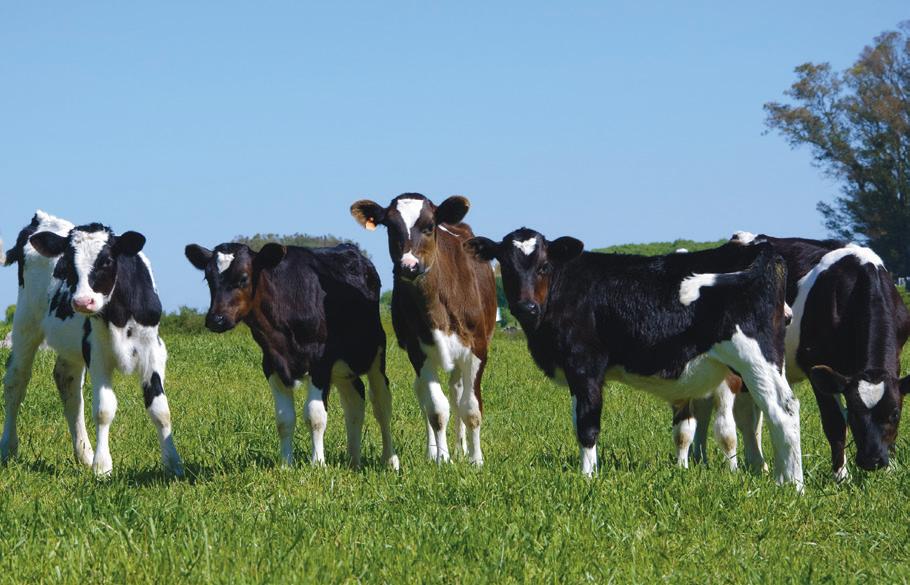
Calves are born as pre-ruminants, meaning their rumen is undeveloped, and has little to no function. The performance of a mature cow, however, is greatly dependent upon rumen function, hence, growing and developing this stomach while she is young, is paramount. Driving rumen development during calf rearing is key. This can be achieved through three main steps:
The first step is ensuring there is feed going into the rumen. During liquid feeding, milk is diverted to the abomasum, avoiding the rumen, and therefore has minimal impact on rumen development. Providing fresh water, a fibre source, and calf meal is an important first step, as these go into the rumen, triggering development.
Water contributes to the fluid environment, which is essential for hosting microbes and facilitating nutrient absorption. Fibre encourages rumen contraction, which strengthens and stretches the muscle, promoting physical development and capacity. And calf meal contributes starch and other essential nutrients, driving rumen papillae development (the carpet-like texture inside
the rumen), increasing the absorptive area in the rumen to help uptake nutrients rapidly (1). The next thing to consider is the quality of these feeds. The rumen of the young calf can be as small as a rugby ball, so it’s critical to ensure feed occupying that space is good quality, concentrated and easily digestible. Feeding a low NDF, high energy calf meal made up of good quality grains and protein meals, ensures rapid rumen development and calf growth- Key to your replacement heifer’s future performance. Starch content in particular, is a major consideration when choosing a calf feed, as it ensures the development of the rumen papillae. Lowquality feeds/fillers will only take up space and reduce the potential for rumen development. The last step is to feed enough meal: Feed the meal at its recommended rate to achieve the best results. While feeding a higher feed rate may seem expensive at the time, this consumption will help achieve target live weights faster and will result in feeding less meal in total per calf, at the end of weaning.
SealesWinslows Calf Max 20% pellets are designed with a return on investment in mind. It is formulated to meet exactly what the calf needs when fed at the recommended feed rate. The product is made up of high-quality grains such as barley and wheat to achieve a minimum starch content of 40%. Soyabean meal is its main protein source ensuring the feed is concentrated and digestible. Additionally, the product contains all the macro and micro minerals required, including NuStart Evolution; a prebiotic to reduce scours and promote calf health, further boosting growth rates.
Feeding quality feeds will ensure optimal health and development of the animals that are the foundation of your herds’ future.
Talk to your local Ruralco representative, or SealesWinslow rep for more information today.
1. Rumen Development. Penn State Extension. [Online] Pennsylvania State University, 2022. https:// extension.psu.edu/photos-of-rumen-development.
THIS PROMOTIONAL FEATURE WAS PROVIDED BY SEALES WINSLOW

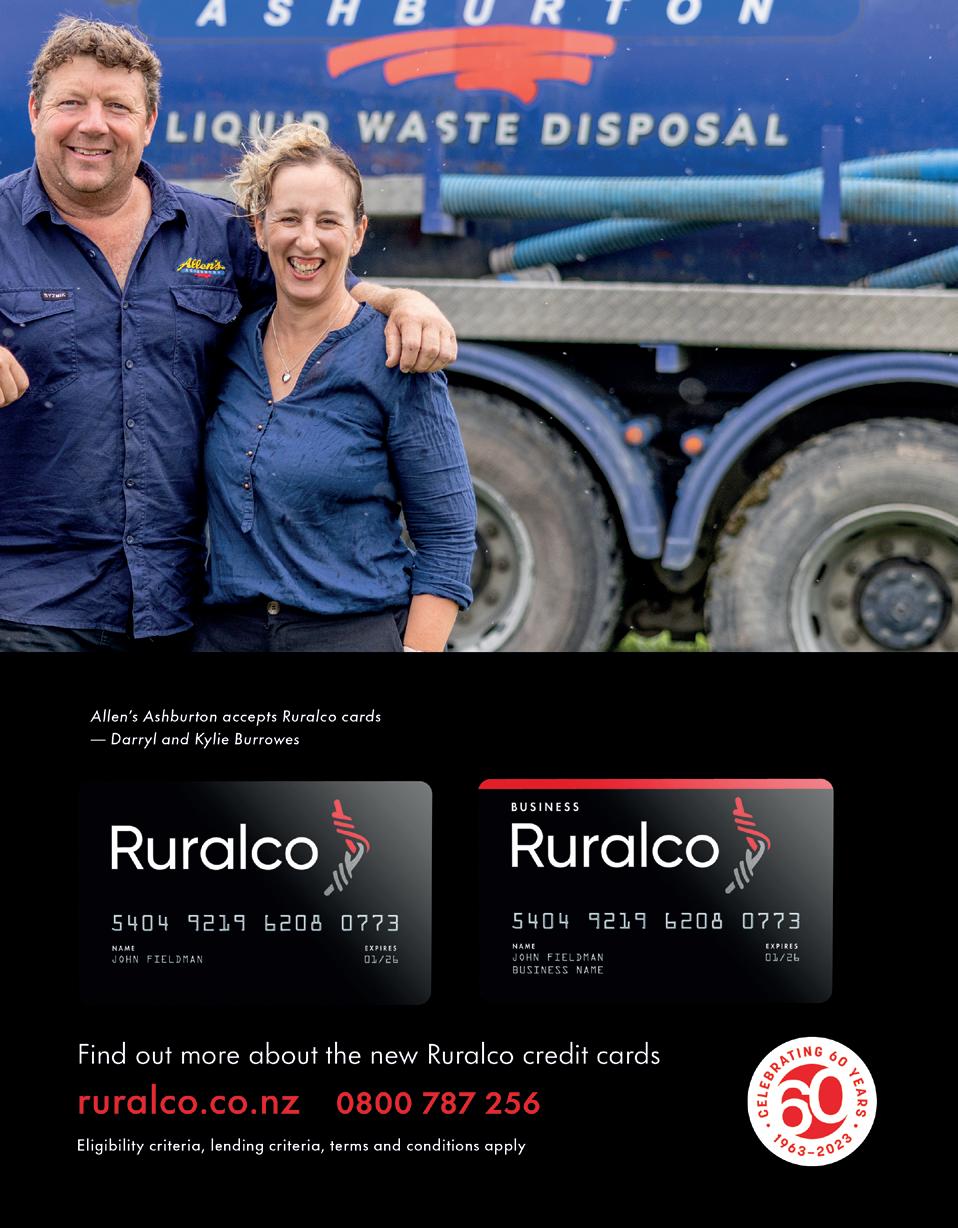
This year Ruralco is proud to be celebrating its 60th anniversary, and 60 years of supporting farmers for a brighter farming future.
WORDS BY INDIANA ROBERTSIt all began back in 1963, when a group of farmers seeking a way to support agriculture and make farming life easier got together to form a cooperative that would become what we know today as Ruralco.
These innovative and ambitious farmers were Jack Brand, Gilbert Blair, Phil Curd, Alan Franks, Brian Lill, Eric Pilbrow and George Scarth. Together, they sought a way to achieve lower input costs in agriculture in order to make farming a more sustainable way of living, and so on March 13, 1963 Jack Brand held a meeting at his house, intent on “forming a rural co-operative society in the Ashburton County’’.

“I didn’t know a jolly thing,” Mr Brand, who passed in 2004, had said about the initial set up process. “It was definitely a case of being thrown in at the deep end.”
Mr Brand, who was president of the Mid Canterbury Federated Farmers at the time, sought sponsorship from the group, who were keen to see a farming co-operative started in the area.
“I was lucky to have the people involved with the South Canterbury co-operative available to consult about how to go about it,” Jack said. “The fact that they were established and
successful inspired us to get going and to keep our enthusiasm to forge ahead.’’
On August 21, 1963, the Ashburton Trading Society supplier network was formed.
Mr Brand was appointed as the society’s first Chairman of the Board, and Jack Ross, from the accounting firm of Dalton and Ross, was appointed the first Secretary.
“A trading society was completely different to a normal business,” said Mr Ross back in the early 2000s, when recalling the day he accepted the role of secretary/accountant for the Ashburton Trading Society. “But it was exciting to be involved and, in many ways, it became my whole life.”
When the Ashburton Trading Society first began operating, agriculture was in a different era. Manual labour was more common than machine labour, and New Zealand’s most dominant agricultural sectors were sheep, beef, and arable farming. The government offered over 30 different production subsidies and export incentives that helped to support agriculture as an economic sector.
The Trading Society promptly sought to secure alliances with farm product suppliers that
would help them achieve their goal of offering lower product prices for their members. Two known suppliers had already been flagged as potential allies, farm suppliers and auctioneers, R G Woodham and Co Ltd, and farm suppliers J Trevor Thomas. It was decided that they would be approached to see if they were interested in working with the Trading Society. It was also decided to contact the oil companies, as the Trading Society directors recognised how much impact any kind of reduction in fuel costs could have on members.
When the board met again, less than a month later, on September 4, 1963, Woodhams was already offering discounts to members. The society was registered, and for the first time, its common seal was stamped on the minutes.
Sixty years later, the Ruralco co-operative now boasts over 3,000 card merchants across New Zealand and has over 20,000 cardholders who use Ruralco to access competitive prices on quality products.
The co-operative has grown from a simple shop under the umbrella of Producers Ltd to independently owning and operating three busy and successful stores across Mid Canterbury,
with close to 100 employees as well as an online store. Six decades have seen ten keen and passionate individuals take on the role of Chair of the Board, including Jessie Chan who became Ruralco’s first female Chair in 2020. These individuals, among many others, have helped to guide Ruralco as a co-operative and have played their part in shaping it into the successful business it is today.
And the road has not always been easy; over the years, farmers and rural communities have faced many trials and tribulations, from droughts to floods, earthquakes to pandemics, snowstorms to subsidy losses and devastating financial crises.
Allan Lilley, a name you may be familiar with if you have ever frequented the Ashburton store over the last forty years, recalls many of the highs experienced in Mid Canterbury’s rural sector, as well as the lows. In particular, he remembers the strife that arose from Labour’s economic reforms in 1985, when almost overnight, the primary sector became the first in line to be de-regulated.
Allan, who, in 1982 had left farming to work for the Ashburton Trading Society in what was then-known as the Producers shop, understood the pain farmers were experiencing in the aftermath of the government’s reform. Various production subsidies and export incentives that farmers had previously benefitted from were phased out, despite New Zealand’s dependency on agricultural sector. This drastic change upheaved financial plans and put many farmers out of pocket. Allan recalled how disheartening it was to watch people he knew and considered friends forced out of family farms that had been handed down from generation to generation. Ironically, Producers had a growth-spurt during

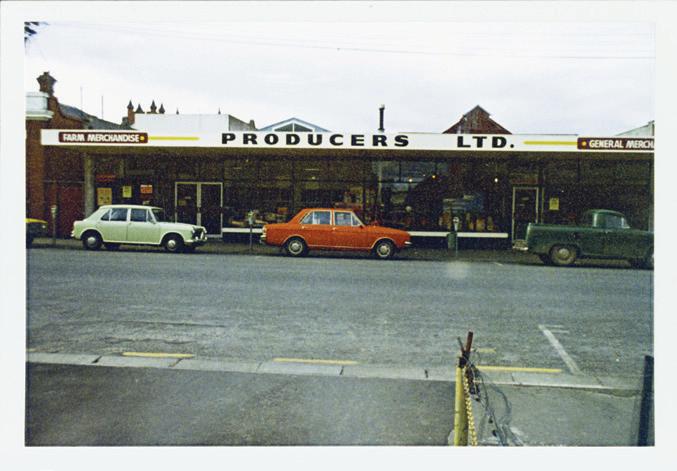
this time because many farmers were forced to re-finance away from stock firms. At that time, the Rural Bank premises was just across the road from ATS (Producers). Allan recalled seeing farmers disillusioned with stock firms, going in to re-finance and, upon coming out, spotting ATS and signing up then and there.
The reforms signalled a shift in farming, with farmers becoming more reliant on their own abilities rather than the stock firms’ abilities to handle their affairs.
“And wives, who had previously not had much to do with the farm, started doing the books and becoming part of the team,” Allan said.
Though the change caused a lot of strife, they also highlighted the versatility and tenacity of farmers across New Zealand, qualities that have remained prevalent throughout the decades.
Now, farming is considered the backbone of New Zealand’s economy, with primary industries contributing to approximately 80% of our export revenue, according to MPI’s June 2022 Situation and Outlook report. Sheep and beef farming remain a stable sector while dairy farming dominates the industry due to massive demand for international exports and a high value of dairy products in New Zealand.
Agriculture has evolved a lot in the last six decades, with advancements made in everything from stock and seed genetics to irrigation technology, environmental regulations, and welfare policies, but the core principle remains very much the same: take care of the land, and the land will take care of you.
This philosophy is woven into Ruralco’s culture, with an emphasis of taking care of the people who have made, and continue to make, Ruralco the success it is today. 60 years after its founding fathers first gathered, the co-op continues to grow in business and uphold their values, working every day to make farming life easier.
Ruralco is proud to be here, and prouder still to look back and see where we began. From humble beginnings in Jack Brand’s living room to offering our products and services to farmers nationwide, we remain a co-operative that can honestly say ‘farmers, we’ve got your back’.
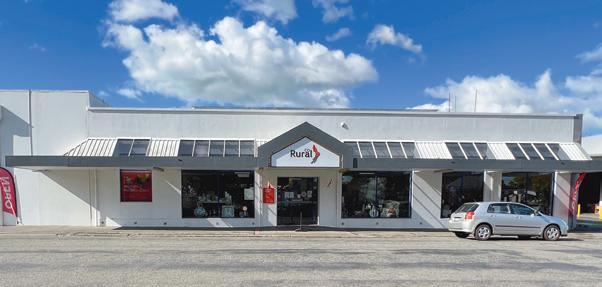
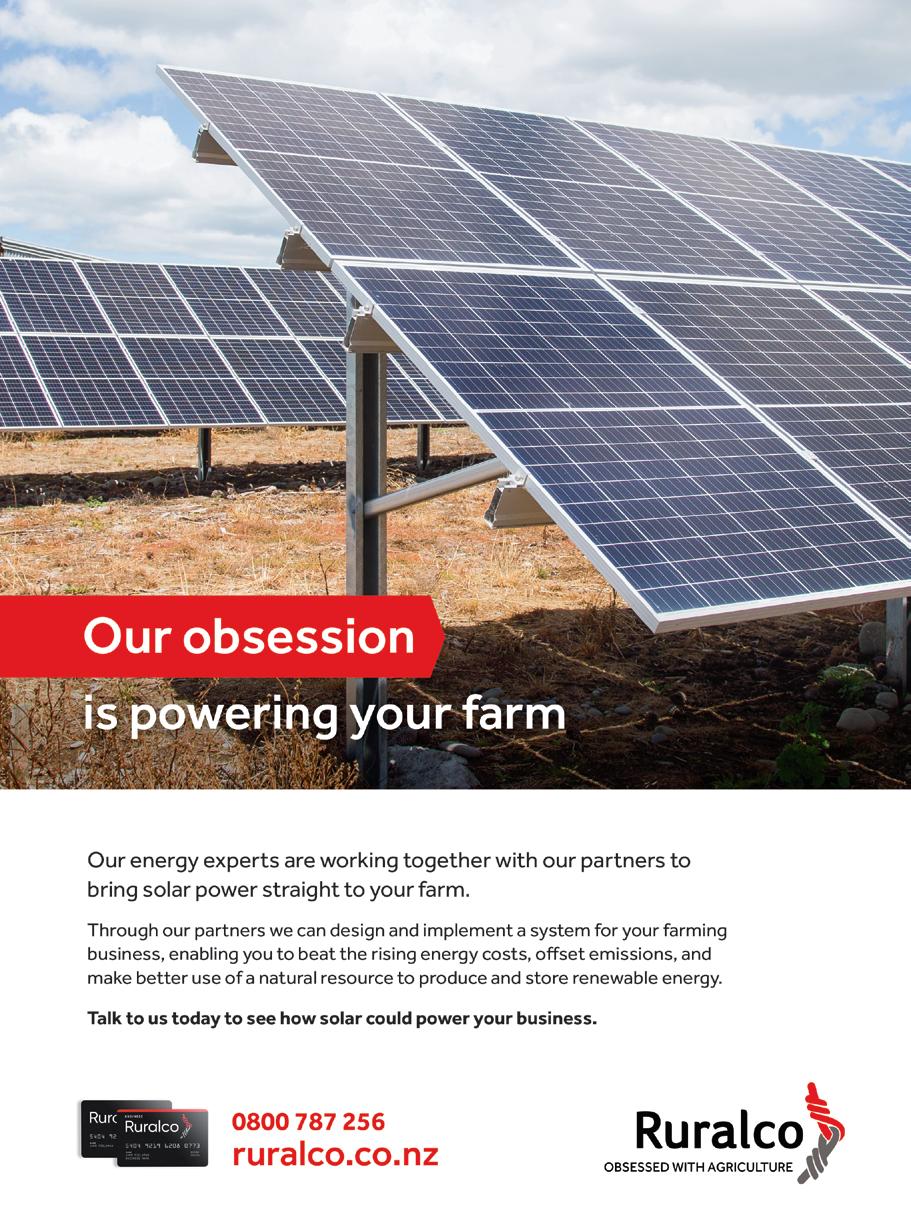

Over the past couple of years around the world “green” energy options have become very much the main topic of any discussion on energy use. This has been at both a macro or national level, and an individual business level.
WORDS BY RICHARD RENNIE, IMAGES BY ANNIE STUDHOLMEBuoyed by increasing demand due to greater use of electricity in place of hydrocarbons in both industry and transport, New Zealand has not been immune from the challenges of how best to meet its energy demands in a decarbonised world.
Nationally, the industry has been eyeing government plans for the enormous Lake Onslow pumped hydro scheme.
To date, no firm commitment has been made to the project, anticipated to cost at least $15 billion and take between 7 and 9 years to complete, making it one of the biggest infrastructure schemes New Zealand has ever embarked upon.
At a farm level many dairy and crop farmers who operate within several kilometres of an electricity substation are quite likely to have already had an approach from solar farm developers looking for potential land options to develop panel operations.
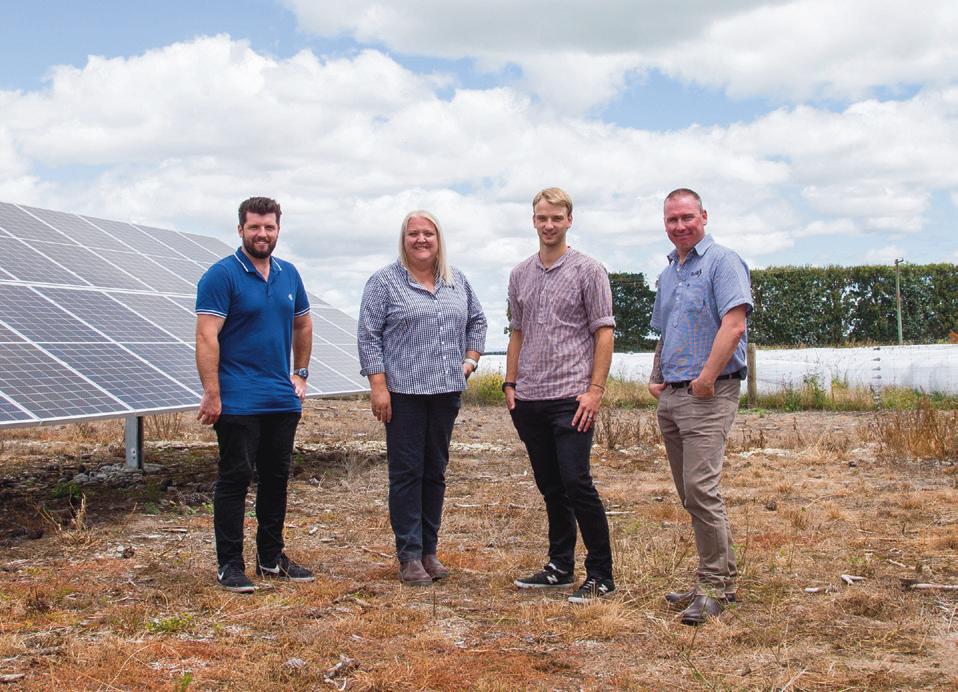
As with any proposal, such offers deserve some due diligence to ensure the promise matches the real opportunity, and the complexities of consent processes and what can be done with the land at the end of the solar project’s lifespan is clearly outlined.
Often under regional council rules it will not be possible to return the land to the use it was in prior to the project beginning.
Meanwhile, at a business level there has been a significant rise in marketing efforts by energy companies to encourage business and homeowners to consider their green energy options, particularly solar and battery storage supply.
The focus of these campaigns have included more energy intensive dairy farm operations, with solar offered as a good option to help manage energy costs and even generate some additional income through grid sales of surplus electricity generated.
It stands as an appealing proposition for any business, particularly in an environment where costs are constantly marching upwards, and
the chance to take charge of the electricity bill is enticing.
However, when it comes to exploring options to reduce energy costs, the most obvious option to simply use less or be more efficient with your current equipment is not always the first one considered.
members on everything from farm cottage insulation for meeting the “healthy home” standards, to farm dairy energy consumption.
Tracey Gordon, Ruralco Energy sales manager, along with key account manager Glenn McWhinnie, together bring over 30 years of experience to their roles in helping farmers broaden their options, and save on costs, when it comes to reducing energy use.
Tracey says given New Zealand’s very high level of renewable electricity generation, consisting of the likes of hydro, geothermal and, increasingly, wind, farmers seeking to become ‘greener’ should weigh the benefits of each energy source before opting for a farm-based solar system.
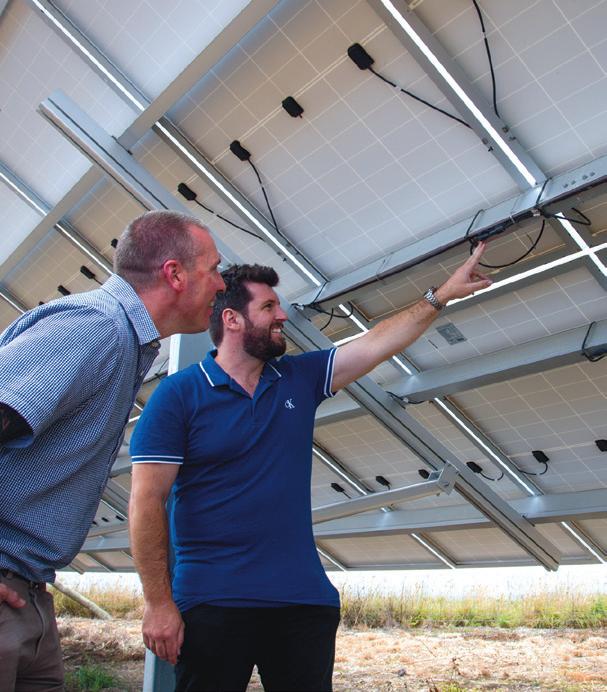
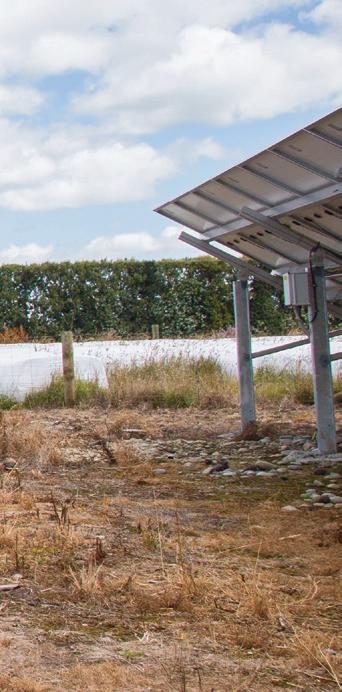
“It pays to consider the entire lifespan of that system when considering it as a greener option.
cost:benefit analysis if the aim is to simply try and reduce farm energy expenses. “It has to be for the right reasons,” she says.
For those cases where solar is suitable, Ruralco has a strong network of solar energy experts capable of providing comprehensive quotes prior to starting a project, backed by the assurance they can offer on-going support and maintenance from within the region the system is installed.
Ruralco has built a strong network of relationships with experts who are capable of auditing and assessing electricity consumption patterns and helping farmers to lower their energy usage.
Energy consultants like Yvonne Gilmour of Venture Energy can work with Ruralco
“This includes the materials and energy intensity that go into production of the solar panels, the lifespan of those panels, and what happens to them at the end of their life. Then there are the batteries which require the likes of lithium to produce, not a particularly abundant or ‘green’ material to extract.”
Tracey says while solar has its place, the significant capex required to establish an on-farm system demands some careful
“Energy costs are only going one way and it is appealing to look at getting ‘off the grid’,” says Tracey. “But the real savings may be simply in how your farm operation consumes electricity, and reviewing that can be a far cheaper, effective way to achieve a lower cost goal.”.
To learn more about your electricity consumption and future options contact Ruralco Energy today: 0800 787 256
“The focus of these campaigns have included more energy intensive dairy farm operations, with solar offered as a good option to help manage energy costs and even generate some additional income through grid sales of surplus electricity generated.”ABOVE: Glenn McWhinnie & Liam Brown discuss the technology behind the solar panels ABOVE LEFT: Ruralco’s Energy Sales Manager Tracey Gordon (left center) & Ruralco’s Key Energy Account Manager Glenn McWhinnie (right) with Liam Brown (left ) & Nick Donkers (right centre) from Platinum Energy


Using winter to prepare for the busy spring period means a more efficient and productive and less stressful season. The following tips can help you make the most of winter, and hit spring with high energy levels and the right stock numbers and condition.
Check which paddocks are growing good feed (ryegrass and clover) and those that are growing mainly weeds, so you can plan action such as spraying out and reseeding for spring.

Sowing catch crops as soon as possible after winter forage grazing finishes (in July or August for example) can help reduce the risk of nitrogen loss and increase forage production, according to a Sustainable Farming Fund catch crop project run by Lincoln Agritech and Plant & Food Research. Studies in Canterbury and Southland have also shown that winter sown catch crops can reduce sediment movement compared to leaving the soil bare. Catch crop cereals such as oats are winter active and grow rapidly as spring soil temperatures warm, meaning they can capture a significant amount of soil nitrogen before it is lost via drainage or gaseous losses. Catch crops can be sown in winter using minimum till/drill or direct drilling, or even broadcast.
Winter forage crops provide relatively high yields of quality feed but can be notoriously low in calcium and phosphorus which are essential for bone development in young stock. Testing winter feed and balancing the diet with the right minerals for the stock class sets up animals for the new season and continues to support young stock to meet liveweight targets over the winter months.
Farmers know that taking time to recharge, both mentally and physically, is important for wellbeing.
Rested minds make better decisions, so recharging is also important for the farm business.
To help make the most of your precious downtime, exchange effective strategies for recharging with your farm team and peers. Most people find getting off farm is key. Once you’re in the busy part of spring try to spend 15 minutes each day doing one thing (away from a screen) to help you rejuvenate such as reading, listening to music, walking, or gardening.
Look toward the season ahead and what targets you and the team can commit to. It can also be very valuable to look back at the prior season and agree on a few things that went really well last
year that were in your control, and a few things that you would want to do better.
Make contact with key people well ahead of when you need their services or advice. Whether it’s seed, fertiliser, herbicide, machinery contracting, stock trading or banking, they want to add value to your farm business.
Knowing your soils can be valuable as you plan paddock activity and stock movements. Have plans in place for stock movement when considerable rain falls to minimise pugging.
Check for pasture damage such as compaction and drainage issues, especially areas such as gateways, troughs, and feeders and where stock have been break fed, and along shelterbelts where stock have congregated for protection.
Know what numbers you want to get to. Plan well to get to those numbers to match your farm system and keep up dialogue with your stock agent. Once into the season stock grazing rotation speed is crucial alongside provision of supplementary feed. DairyNZ’s Spring Rotation Planner can be a useful tool.
Like kickstarting a motorbike on a cold morning, early spring pasture and crops benefit from nitrogen, and often sulphate sulphur as well. Early spring growth can be slow so harnessing the benefits of an early season application of nitrogen and sulphur will result in an increase in early season growth.
All the best for a wonderful season!
THIS PROMOTIONAL FEATURE WAS PROVIDED BY BALLANCE AGRI-NUTRIENTS

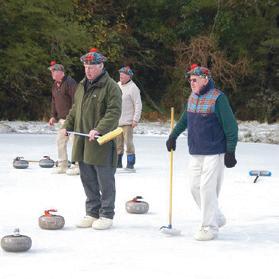
OPENING MID JUNE, 7:00PM TO 9:30PM
Just off State Highway 72, the Staveley ice skating and curling rinks was built by a group of local Mid Canterbury farmers back in 1949 and is one of the few natural ice-skating locations left in New Zealand. Made up of three rinks with the upper used only for curling, there is also an open fire, perfect for BYO marshmallows and biscuits after a day or night on the ice.

Sourced from the mountains and powered by the sun, Ōpuke Thermal Pools is a unique experience where you can relax while soaking in the Southern alpine views. The Tranquillity Pools offer an adult-exclusive experience, with a swim up bar. Or for a family-friendly option, check out the Discovery Pools and explore the crazy river, leap of faith jump pool, or the star lit caves. Plus, you can even indulge yourself in a relaxing treatment at the Ōpuke day spa.
OPENING 9TH JUNE (SUBJECT TO SNOW)
Celebrating 50 years and voted New Zealand’s best ski resort eight years running at the World Ski Awards, Mt Hutt is a true alpine experience, with wide-open terrain, leg-burning runs, monster snowfalls, and spectacular views. You’ve not skied in New Zealand until you’ve skied Hutt!

Little High Eatery on St Asaph Street is one of Christchurch’s most unique spaces to eat out. Experience nine different local and familyrun businesses inside the modern marketplace with plenty of shared seating.
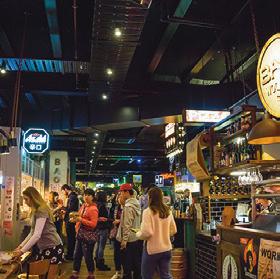

Explore the Southern Alps aboard the TranzAlpine train—one of the world’s great train journeys, covering 223 kilometres (139 miles) one-way and taking just under 5 hours. The TranzAlpine train travels coast-to-coast through the ‘Great Divide’ and the indomitable spine of mountains that partitions New Zealand’s South Island.


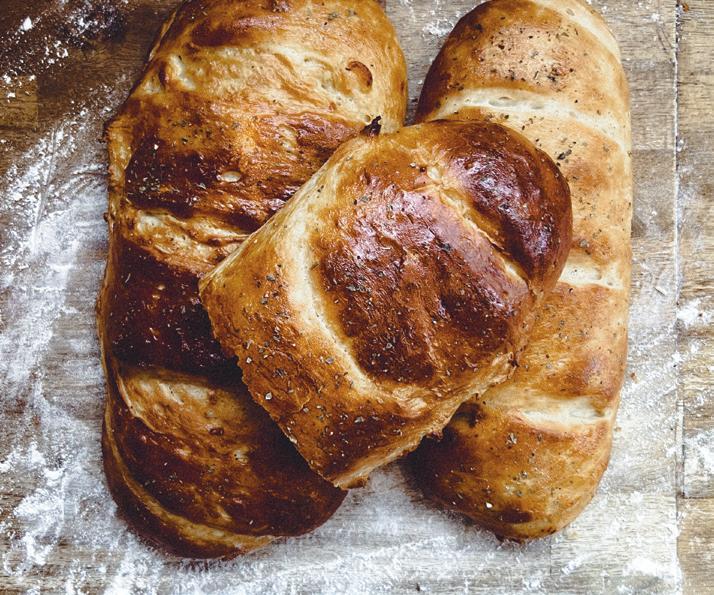
With the cost of living rising at frightening rates, now is as good a time as any to learn to bake your own everyday items. Check out the Kiwi Country Girl’s website, www.thekiwicountrygirl.com, for some delicious recipes and tips to be more resourceful in the kitchen so you can waste less and save more.

Have you ever wanted to know how to sew or knit or make your own clothes? Annie’s Country Quilt Store in Ashburton offers a range of workshops for those looking to upskill or simply pick up a new hobby, from wool classes to dress making, and all that’s in between.
If you already have the knowledge and simply need to stock up on some of your tools or textiles, you can shop their range of products and get 6% off all retail items when you use your Ruralco card.
With the evenings growing darker earlier, it’s the perfect season to light some candles to add a cosy ambience to any room. Making your own candles can be a fun and rewarding experience, as well as providing a great excuse to repurpose any old jars or containers you have lying around. To find out how simple it is to make your own candles, check out Candle Creations’ Candle Making Tutorials by visiting their website, www.candlecreations.co.nz/knowledge/ candle-making-tutorials/


INGREDIENTS:
1 medium pumpkin, diced into 4x4cm cubes
6 cloves of garlic, crushed
½ onion, diced
3Tbs of butter
1 ½ tsp of allspice
5 cups of vegetable stock
1 cup of cream (use coconut or cashew cream for vegan option)
1 sprig of thyme (or 1 tsp rubbed thyme)
Salt and pepper, to taste
1 dollop (approx. 1Tbs) of sour cream or cashew/coconut cream for garnish
Fresh parsley to garnish
METHOD:
In a large pot or saucepan, melt the butter over medium heat and add onion, garlic, and thyme. Simmer until soft and fragrant and remove sprig of thyme, keeping the leaves.


Add diced pumpkin and stock and bring to the boil. Once boiling, add cream and allspice. Let it boil for 20 minutes or until pumpkin is tender, then reduce to medium heat. Use a stick blender to blend. Taste test and season with salt and pepper as required.
Garnish with sour cream, cracked pepper, and parsley. Serve hot in a warm bowl with buttered bread to dip and enjoy.
Soup can be frozen for up to six weeks.
Serves 6.

Cosy gifts and décor available online or in store at Ruralco
MT SOMERS BASKETWEAVE 100% WOOL BLANKET $207.00

CAST IRON FRENCH OVEN FROM $198.80

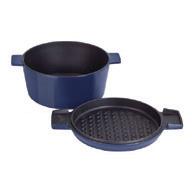
SWANNDRI SHERPA JACKETS FROM $328.30

AVANTI PIZZA STONE WITH RACK $18.60

CHOICE FRUIT TRADITIONAL MULLED WINE SPICE MIX $12.30
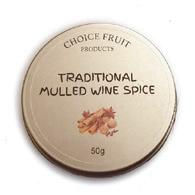
KROSNO STEMLESS WINE GLASSES, SET OF TWO FROM $18.00

TEMPA BUCKLEY SERVING BOARD $44.30

With Norma Geddes, Ashburton Paper Plus

After the success of High Country Life, it’s exciting to have Phillipa’s new book on the shelves. Winter Warmers is full of new recipes, photos, and stories of her life in the country.

 BY LUCINDA RILEY AND HARRY WHITTAKER
BY LUCINDA RILEY AND HARRY WHITTAKER
The story of Pa Salt brings the Seven Sisters series to its long-awaited conclusion. I’m sure die-hard fans will be up to date with all the books but it’s never too late to start at the beginning and enjoy this much-loved series.
Wilbur Smith fans will the delighted with another Courtney family saga played out in Paris and Cape Town in the 18th and 19th centuries.

Columnist,
teacher, andinternational
best-selling author.In this memoir Joe shares his journey from childhood to Manhood. As you’d expect from one of New Zealand’s favourite commentators, it’s a great read.

This action packs a comedic punch, following a martial artist-in-training as she tries to pull off the ultimate wedding heist and save her older sister from an impending marriage.

A romantic comedy following Michelle and Allen who decide to take the next step in their relationship by hosting a dinner where both their parents can meet. As it turns out, their parents already know each other…perhaps a little too well.

One the whole family will enjoy, this live action edition of the classic favourite fairy-tale follows Ariel the mermaid as she navigates the perils of loyalty, love, and adventure.

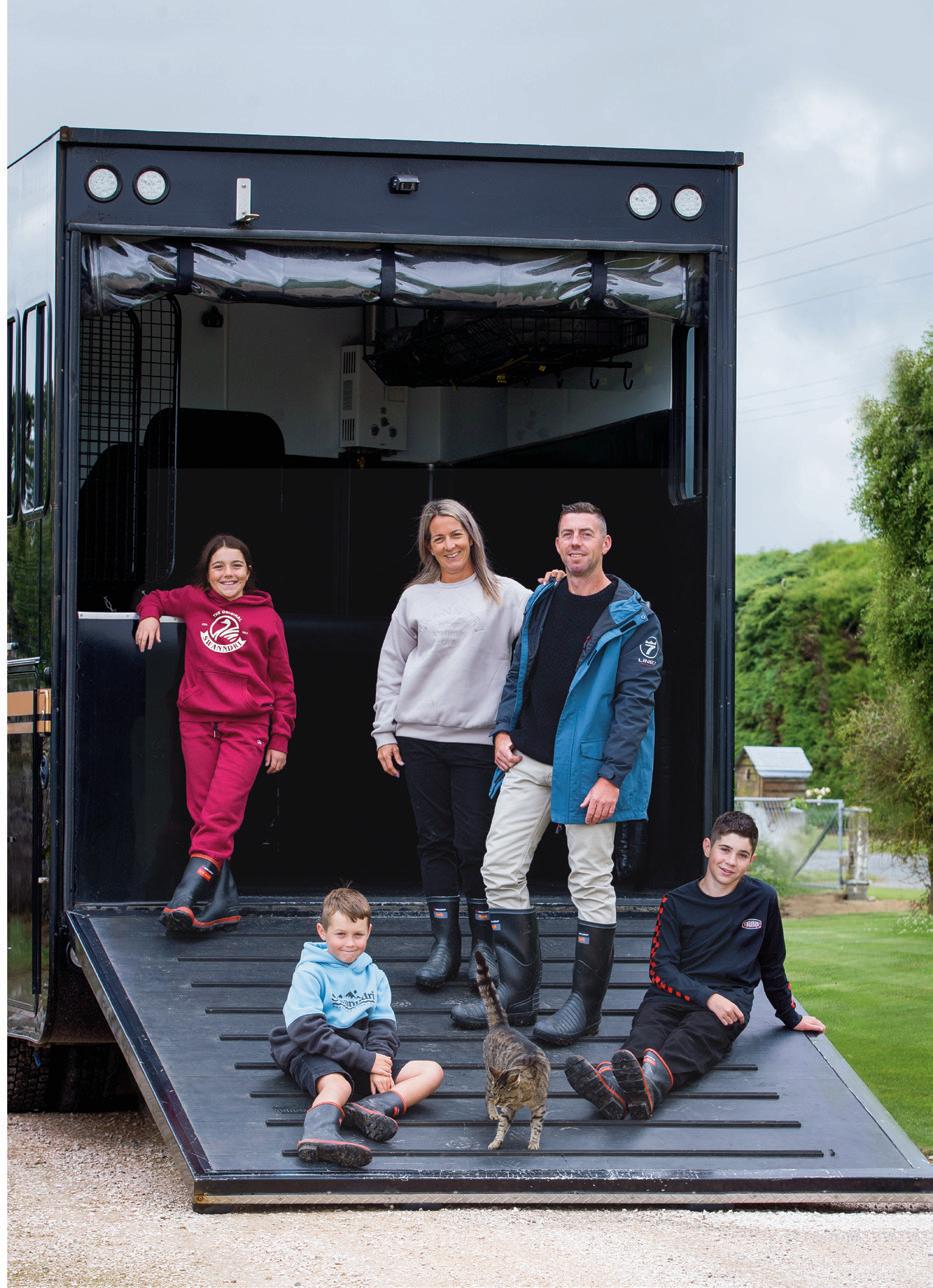




The trend toward natural solutions for animal health and fertiliser applications is gaining momentum among farmers. With a growing concern for the environment and the well-being of their animals, many farmers are turning to more natural alternatives that offer both effectiveness and sustainability.
LEFT: OptiCalf Flourish provides water soluble probiotics and zeolite to calves in their milk
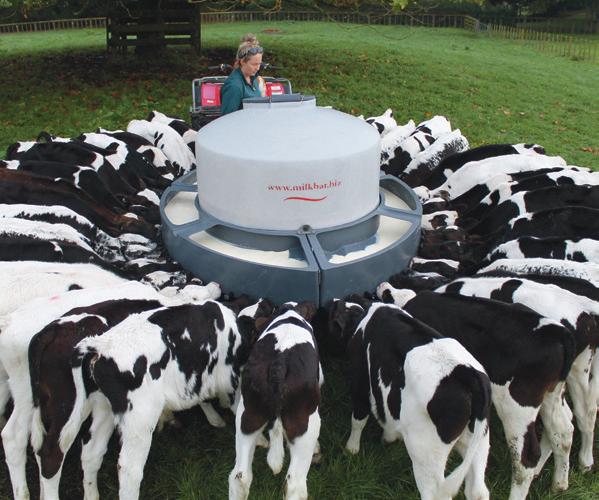
minor cases of calf diarrhoea. OptiCalf ™ has been around for several years, is well loved by calf rearers as it is easy to distribute due to calves loving the taste.
Blue Pacific Minerals extended its range to include OptiCalf™Flourish probiotic which provides billions of good bacteria to give the best start in calves lives. OptiCalf™Flourish contains a proprietary, patented strain of Bacillus subtilis, PB6 - a unique, naturally occurring probiotic - to help maintain the balance of microflora in the gastrointestinal (GI) tract.
Finally one of the fastest growing products in the stable is ZorbiFresh™Active. It is natural Zeolite plus active ingredients which kills bacteria, reduces ammonia and moisture in bedding for a safer environment for calves. It is 100% effective against Staph aureus and E.coli after 1 hour exposure.
Blue Pacific Minerals is known for their commitment to more natural solutions in the agricultural industry, as seen through their well-known and trusted products, OptiCalf and ZorbiFresh Active. Building on this expertise, they now offer a selection of liquid fertilisers for agriculture that are designed to promote sustainable farming practices by enhancing production and reducing negative environmental effects.
According to Mike Prendergast, General Manager of Sales and Business Development at Blue Pacific Minerals, liquid fertilisers can provide significant benefits for plant growth and sustainability. These fertilisers allow plants to absorb key nutrients more efficiently, as they can be directly taken up through the leaves. Furthermore, the organic base of these fertilisers makes them more bioavailable to pastures, reducing losses and minimising the amount of nutrients that leach into the soil and atmosphere. As a result, farmers can benefit from both increased plant growth and improved sustainability by using liquid fertilisers as part of their agricultural practices.
While it is crucial to promote grass growth in the farming industry, calf development is equally important, particularly in achieving a quick and healthy weaning weight. Unfortunately, the presence of harmful bacteria can significantly
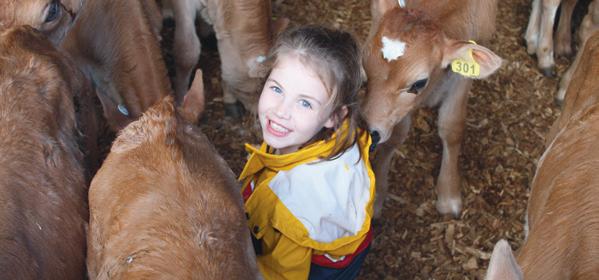
impede calf growth, leading to costly and timeconsuming treatment options. Moreover, if left unchecked, these bacteria can cause severe illnesses in calves.
For farmers seeking more natural solutions to promote the health of their calves, Blue Pacific Minerals offer a trio of more natural solutions to achieving ultimate calf health.
The trio is led by the marketing leading Opticalf. OptiCalf ™ is a 100% natural feed supplement that draws in the bad bacteria of the Abormasum for it to be excreted. OptiCalf ™ can soak up and move bad bacteria through the gut to help treat
ZorbiFresh™Active absorbs up to 199% of its weight in moisture. “Calf pens are drier, smell better, and are healthier for calves and staff” says Blue Pacific Minerals Mike Prendergast. Easily applied by hand or spreader, ideally ZorbiFresh™Active is applied on the base prior to wood shavings or saw dust and then every 2–3 days once calves arrive. If a bacterial outbreak has occurred ZorbiFresh™Active is suitable to be applied in large quantities.
Blue Pacific Minerals is a NZ owned company operating out of Tokoroa. With a commitment to sustainability and animal welfare, Blue Pacific Minerals is leading the way with more natural alternatives to on farm problems that help with environmental and animal health sustainably.
THIS PROMOTIONAL FEATURE WAS PROVIDED BY BLUE PACIFIC MINERALS



A farm-based agronomy project aimed at identifying key drivers of yield and profitability for oilseed rape is proving a great way for growers to test and share ideas.
WORDS SUPPLIED BY HEATHER CHALMERS, FOUNDATION FOR ARABLE RESEARCH. IMAGES SUPPLIED BY PURE OIL NZ.
Rather than focusing on conventional small plot trial work, the three-year collaborative project between the Foundation for Arable Research (FAR) and Canterbury oilseed producer Pure Oil NZ trialled different management factors on about eight to 10 South Canterbury farms each year.
The Monitor Farm Study looked at all aspects of oilseed rape crop production with the aim of identifying key drivers of yield and profitability,
establishing best agronomic practice and identifying areas for further research.
Known for its distinctive bright yellow flowers in spring, oilseed rape is processed by Pure Oil NZ in Canterbury into high quality culinary oil.
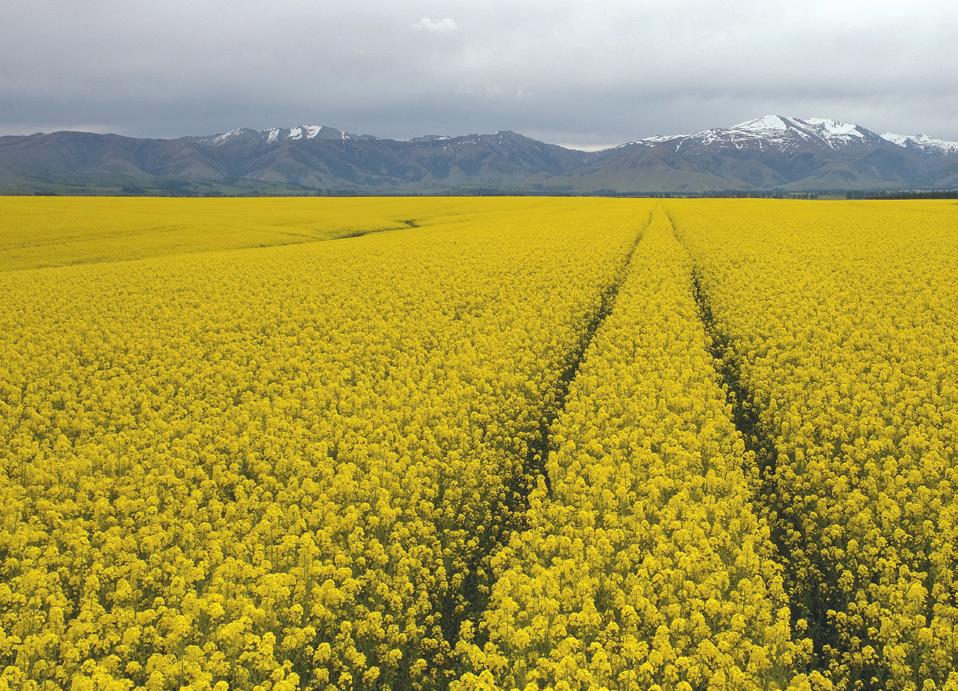
Pure Oil NZ agronomy manager Keith Gundry says the collaborative study helped to build greater grower engagement, with growers undertaking on-farm trialling, with input from Pure Oil and FAR.
Key findings, particularly around nitrogen use, are being made as a result of the multi-farm agronomy project.
Over the course of the study, average nitrogen (N) use has dropped from 200 kg in the first year and 195 kg last year to 165 kg for the 2023 harvest. At the same time, average yields have increased from 4.56 tonnes/ha in 2021 to 5.1 t/ ha in 2023 (see graphs).
This lines up with overseas data which shows that for applications above 180 to 200 kg of N/ ha, growers are not getting any further yield response from extra N applied.
The use of nitrogen, in the form of either sulphate of ammonia or urea in early spring, plus applications of plant growth regulators, is critical in setting up a high yielding crop. The aim is to keep the plants healthy and vegetative as long as possible to establish a good canopy, as well as delaying the risk of frost damage in early flowering. “If we can get N into the plant in a timely manner, it stops it going reproductive until the timing is better.”
Canopy management is also key, with a target of 3.5 to 4 Green Area Index at the start of flowering to maximise canopy for yield.
“Canopies that are overly large at the start of flowering result in too many flowers reflecting
light which results in low seed set and poor seed fill. It also increases lodging risk,” Keith says. The project showed that as well as N applications and spring canopy management, other key factors are soil compaction and fungicide programme and timing.
“It’s also given us the ability to dismiss other management factors such as plant population and time in ground as major contributions to yield.”
As part of setting up the study, Pure Oil organised and FAR funded the upgrade of a research weigh wagon to more accurately take harvest yield results from the different monitor farms.
Fairlie mixed cropping farmer Ashley Biggs, who participated in the monitor farm project, says the farm-scale trials have been fantastic. “It has got growers sharing ideas. Everybody has been quite open about what they are doing on farm agronomy-wise. I think it is creating a lot of solutions.”
Farmers have trialled different input timings and amounts. “We are getting a better understanding when it is a whole paddock being trialled, harvested, and yield mapped.”
Last year, reduced rates of N were trialled on farm. “Normally we apply sulphate of ammonia and two following applications of urea. Last year,
we applied sulphate of ammonia at the normal timing, but only one of the urea applications, timing this between the previous two.” This reduced rates by 33 units of N. Despite this, average yields increased, although this was possibly weather related. “We grew less bulk in the crop and it has got us wondering if we have been putting on too much N too early and growing too much biomass.”
Applying more fungicide has also been of benefit. “As we have been growing oilseed rape for more than 10 years we could be getting a build up of soil borne diseases.”
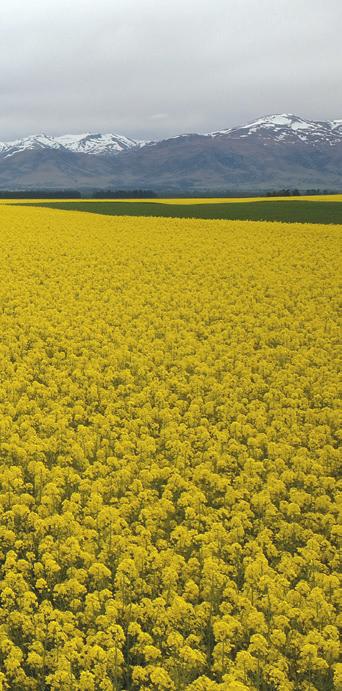
Biggs Agriculture farm 1800ha, growing 300ha of oilseed rape each year. The bulk of the arable area is in wheat – milling, biscuit and feed wheat – as well as autumn barley. About 900 head of beef cattle are also finished. The property is largely dryland, apart from 180ha irrigated from Opuha Water.
While oilseed rape is their biggest break crop, they also grow linseed and Asian brassicas and are trialling soybeans. They previously grew big areas of peas but the results were too variable. “Especially for our broadacre area, all the other break crops such as Asian brassicas and higher value crops don’t have big areas available for contract. For simplicity, having one big area in one crop does streamline things for us.”
Oilseed rape is also harvested early, in January, before wheat, and sets paddocks up for first year wheat, Ashley says.
FAR research leader productivity and value
Richard Chynoweth says the monitor farm method offers a fantastic way to identify key production benchmarks across different areas and seasons within the South Canterbury region. The reinstatement of a weigh wagon located in South Canterbury has allowed the collection of measured yield data from grower managed paddock strips. This data, combined with in-season observations, is helping to define the direction where more detailed research is required, for example, current N and fertiliser applications rates appear adequate and are not limiting seed yield.
A 2022-23 season disease survey has shown Alternaria is the most widespread disease and with the help of location and management diaries, additional management options can now be investigated. These surveys and observations can help direct where FAR should invest in research and development for specific crops, Richard says.
Pure Oil managing director Nick Murney says the success of the programme can be measured by the results with yields and crop inputs. “We are looking for more collaboration with FAR on sunflower and soybeans for the future. It’s also a great way to increase the technical skill of our young Pure Oil NZ agronomists who are working closely with the FAR technical team.”
Pure Oil have employed a new agronomist in Southland, Paige Morton, to support a growing area of oilseed rape and sunflower crops in Southland and Otago. With Paige’s appointment, the aim is to extend the programme to growers in Southland and Otago.
Pure Oil has more than 80 grower suppliers that grow high oleic oilseeds for cold pressing at its factory in Rolleston, near Christchurch. As well as supplying oil in bulk to food manufacturers, Pure Oil has created its own brands in the domestic market for both oil and stock-feed. The Good Oil is the company’s brand for cold-pressed rapeseed and sunflower extra virgin high oleic oils, sold in supermarkets across the country. Since starting in 2012, production has more than tripled from 5000 to 6000 tonnes of seed, up to 18,000t now, with oil production reaching eight million litres.
Those figures are expected to continue to climb, with the former biofuel plant not needing any further investment in crushing and drying equipment until it reaches its capacity of around 25,000t.
A shortfall in global sunflower oil, as a result of the Ukraine war, has led to a lift in demand for its high oleic sunflower oil, and planting areas. Globally, 60 per cent of sunflowers grown for oil have traditionally come from Ukraine and Russia. Pure Oil has also started growing and processing soybeans, a legume with a good fit in the arable rotation.
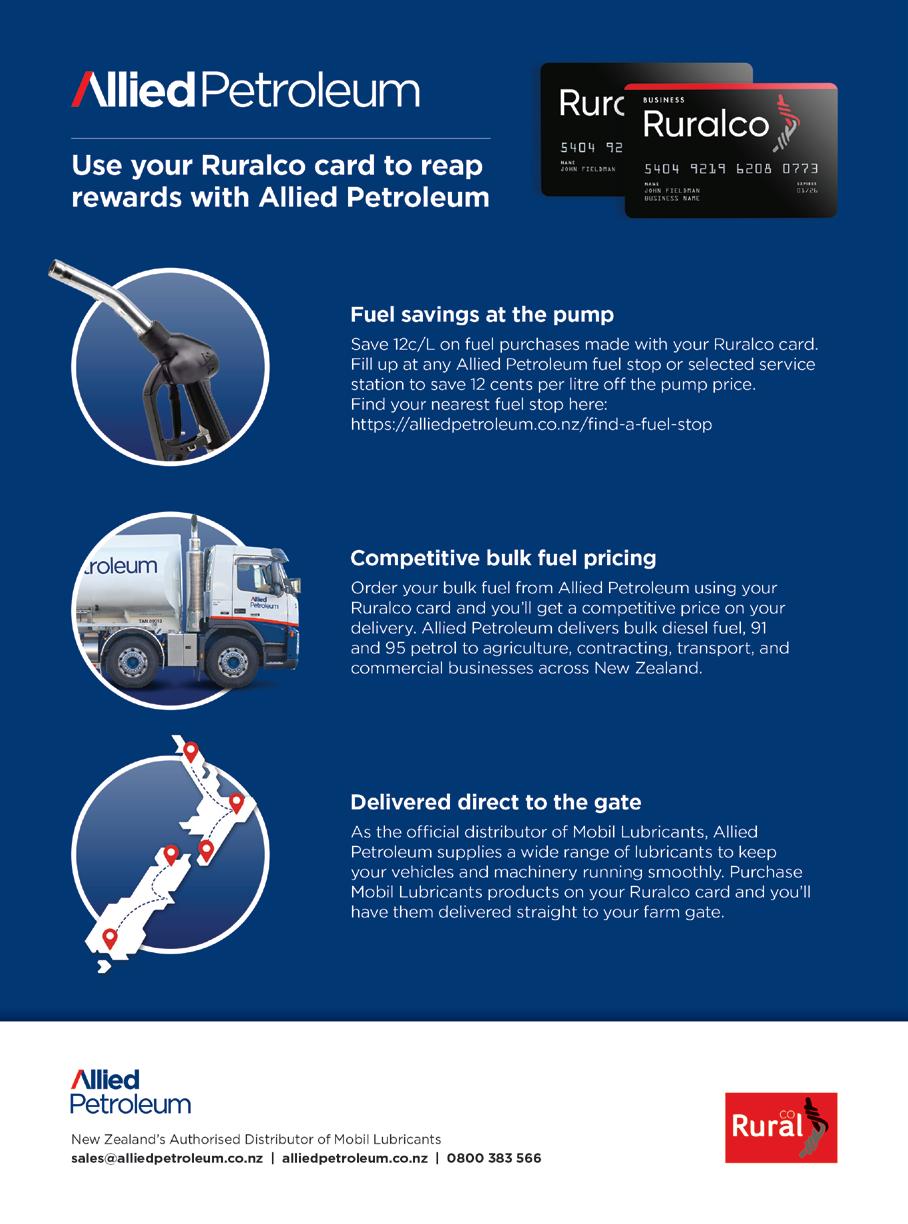
In addition to Immunoglobulin G (IgG)*, which is essential for immunity and survival, whole colostrum provides other essential components including antimicrobial factors, a range of hormones, growth factors and essential nutrients.
Although it may be tempting to purchase a colostrum replacer or supplement based on price or IgG levels, it’s important to know whether the many other essential components present in a whole colostrum, which are vital for the newborn, are included in the product. These other essential components include: Antimicrobial factors, which help protect the calf against disease and even immune cells from cows. It is thought that these play an important role in supporting the immune system of the calf.
Hormones and growth factors - such as insulin and insulin like growth factor (IGF) – which are present in colostrum at levels much higher than that found in the blood of the dairy cow, ewe or doe. These play an important role in gut maturation and nutrient absorption, as well as stimulating cell proliferation and growth, and regulating energy metabolism.
Essential nutrients—including proteins and trace elements—which are essential for an optimal start for any mammal. Importantly, colostral fat provides a vital source of rapidly available
energy and fuels the metabolism of brown fat to help the calf, lamb or kid generate heat and maintain their body temperature. A high concentration of omega-3 fatty acids and a lower concentration of short-chain fatty acids, such as butyrate in colostral fat, are thought to play an important role in supporting the absorption of immunoglobulins and helping to counteract stress in early life.
Oligosaccharides, or complex sugar molecules found in whole colostrum are thought to play an important role in helping to establish the gut microflora and may also enable the absorption of IgG.
So, when choosing a colostrum replacer, it is important to consider:
• IgG concentration – is the concentration high enough to ensure that the calf, lamb or kid, can consume enough within 12 hours of birth to achieve passive transfer?*
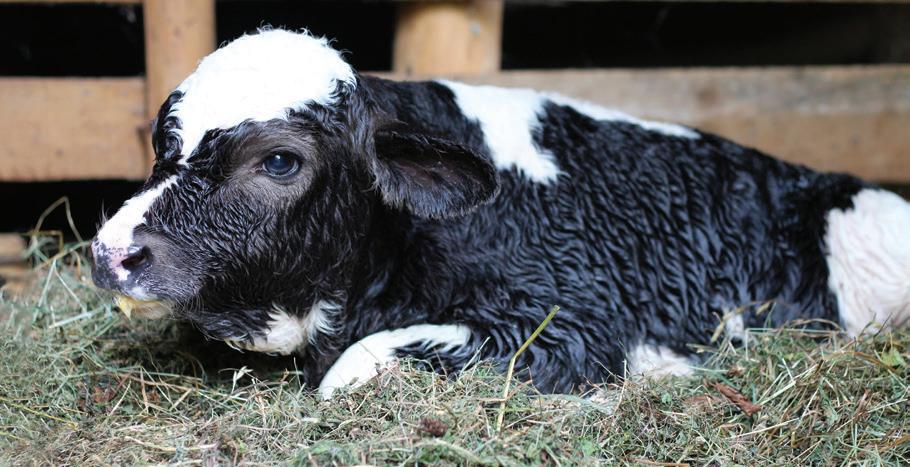
• Fat source and concentration – high levels of colostral fat ensure adequate energy supply but also provides essential factors which fuels the metabolism of brown fat, something which ordinary butter fat (often used in colostrum supplements) does not do.
• The presence of natural growth factors –these are essential for early development, but colostrum replacers which are reconstituted from immunoglobulins, milk
protein powders and butter fat don’t contain these natural growth factors.
Moral of the story? Add a whole colostrum replacer, like AgriVantage’s Launchpad18, to your rearing toolkit. Your animals’ health, growth and subsequent performance will be a lot better for it. AgriVantage Launchpad18 is a natural, whole, full cream colostrum replacer. One feed will not only deliver the minimum IgG required, but it will also deliver a good amount of energy and essential natural growth factors - giving your animals the best start to life.

* Adequate intake of colostrum, specifically IgG, is the key factor in preventing infection in calves in the first 4–6 weeks of life. As a rule of thumb, within 12 hours after birth, 40kg calves should receive a minimum of 100g of IgG. Lambs and kids (approx. 4kg) need 10g IgG.
THIS PROMOTIONAL FEATURE WAS PROVIDED BY AGRIVANTAGE






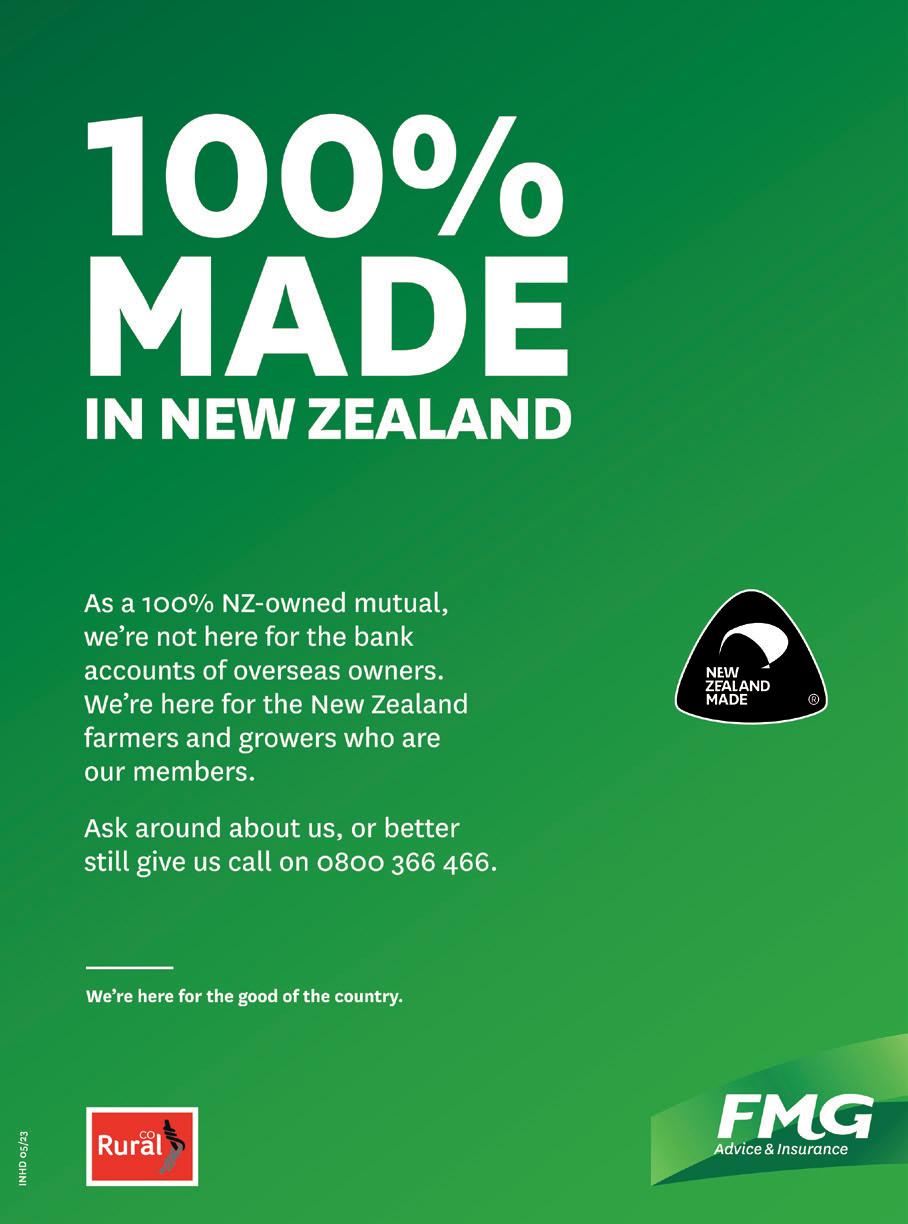

NEW ZEALAND IS A LEADING NATION WHEN IT COMES TO THE LEVEL OF CONTRIBUTION MADE BY ITS VOLUNTEERS. ACCORDING TO STATISTICS
NEW ZEALAND’S LABOUR MARKET STATISTICS, MORE THAN 1 MILLION NEW ZEALANDERS CONTRIBUTE A TOTAL OF AROUND 159 MILLION HOURS OF FORMAL VOLUNTEER LABOUR EACH YEAR WITH AN ESTIMATED VALUE OF $4 BILLION PER ANNUM.
There are all sort of activities people get involved in to support others and their communities. Sometimes it is formally through an organisation by regular volunteering or to assist with oneoff experiences such as street collecting, or it can be through sports volunteer roles like coaching and managing. Alternatively, it can be informal such as helping out neighbours with tasks like grocery shopping.
“Volunteering is part of New Zealand’s culture. It is a positive way to contribute to society by giving time and skills to help others,” says Chief Executive of Volunteering New Zealand, Michelle Kitney.
“It brings a wide range of personal benefits including enjoyment, a sense of purpose and belonging within the community, higher levels of life satisfaction, and a feeling of connection. Volunteering improves health and social relationships too,” she says.
This is reflected in the findings released late last year in the biannual State of Volunteering in Aotearoa New Zealand Report which presents an up-to-date overview of volunteering informed by nationwide surveys. “Volunteers told us contributing to the community was their key motivator (90%), while the opportunity to make friends or to join in volunteering with a friend was also important (34.6%). Volunteers’ intention to continue volunteering long-term remains strong, at 81%, similar to the pre-Covid percentage.”
People volunteer for all sorts of reasons—they may be out of work, retired, or just have skills and some spare time they want to use to help others.
“Many volunteers told us they only wished to volunteer for organisations that matched their values, where their skills were valued and they were treated with dignity,” says Michelle. For others it was about the relationships and connections they make, with the human and social aspects of volunteering often being the most rewarding for them.
The upcoming National Volunteer Week (18 – 24 June 2023) is an opportunity to thank our volunteers for the difference they make and the impact they have had on those they have helped. This year’s theme is “Time to Shine – He wā pīataata” and provides an opportunity to recognise the value of volunteering and also how it can be further supported.

Despite the challenges to community organisations and volunteers from the Covid-19 pandemic, the state of volunteering in Aotearoa is generally healthy with many people helping in generous, collaborative and innovative ways. Statistics New Zealand 2021 figures show a broad range of organisations benefit from this support, with sports and recreation (33.5%) and religious or spiritual (27%) being the most popular, closely followed by education or research (e.g., playcentres, school boards etc) scoring 17.5% and social services at 16.3%.
Volunteering is at the heart of communities and is central to communities identifying and responding to their own challenges and opportunities. For those who have thought about volunteering, but weren’t sure where to start, there are lots of ways to find out how you can become involved in your community. Your local Volunteer Centre can help you find suitable volunteer opportunities, matching your skills and interests. You can also contact organisations directly, look on community noticeboards like those at your local community centre, library or supermarket, attend expos, or search online sites like SEEK Volunteer.

ONE IN THREE PEOPLE WILL RECEIVE A CANCER DIAGNOSIS IN THEIR LIFETIME. NOT ONLY DOES CANCER AFFECT THE PERSON DIAGNOSED, BUT THE IMPACT EXTENDS TO THEIR FAMILIES, FRIENDS AND COMMUNITY.
Everyone’s experience of cancer is different, but for many people it can be overwhelming and scary. Waiting for cancer test results, appointments, treatments or to hear if your treatment has been successful can be incredibly challenging.
Those living rurally often have to travel away from home for appointments and to access treatment. This can bring with it additional worry about how to manage family, business or financial commitments and where to stay while receiving treatment.
The Cancer Society is a community-based organisation which supports people with any kind of cancer to ensure no one has to face cancer alone.
The Cancer Society offers free accommodation in Dunedin, Christchurch, Wellington, Palmerston North, Hamilton and Auckland, close to the major hospitals where cancer treatment is provided. Being able to access free Cancer Society accommodation can help relieve some of the financial and logistical burden of having to travel away from home to receive cancer treatment.
Other highly valued Cancer Society services include the volunteer driving service which helps to transport people to cancer treatment appointments and the 0800 cancer information and support line which means anyone can access advice and support over the phone no matter where they live in New Zealand.
The Cancer Society relies on donations, bequests and fundraising events for income to be able to provide these free services for people with cancer and their families, as well as running cancer awareness and prevention programmes, and funding life-saving cancer research.
Daffodil Day is the Cancer Society’s largest annual fundraiser. It occurs on the last Friday of August every year, which means that in 2023 Daffodil Day will fall on Friday 25th August.
HERE’S HOW YOU CAN SUPPORT DAFFODIL DAY:
1 Volunteer your time to help with the street appeal in your local town
Our street appeal wouldn’t be possible without the help of our amazing volunteers. Each year, the Cancer Society requires about 8,000 volunteers from around New Zealand to ensure Daffodil Day is a success.

Every year businesses, schools and individuals across the country get involved in Daffodil Day by holding bake sales, quiz nights, fun runs or mornings teas
3 Make a donation
2 Organise your own local fundraiser
If you don’t have the time to volunteer or organise a fundraiser, you can support the Cancer Society by donating in person or online.
You can sign up to volunteer, set up a fundraising page or make a donation online on the Daffodil Day website at www.daffodilday.org.nz.
RURALCO’S METHVEN STORE MANAGER, MEL SOWDEN, AND RAKAIA STORE MANAGER, MAREE SMITH, HAVE DECADES OF COMBINED EXPERIENCE ACROSS THE BUSINESS, WITH BOTH MOVING THROUGH THE RANKS PRIOR TO TAKING ON LEADERSHIP ROLES.
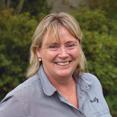

For Maree her move into a management role came about after Rakaia’s first store manager, Raewyn Maw (featured in the last edition of Real Farmer), left to go on maternity leave. “I started with Ruralco on 1 March 2004 as a salesperson, and after four months when Raewyn went on maternity leave, I became the manager and I’ve been in the role ever since.”
As time went on, the Rakaia store outgrew the space it occupied at the old jam factory, and when the house next door come up for sale, Ruralco purchased the site. The house was relocated within the Rakaia township, and the site was developed. “In 2008 we were able to move into a purpose-built complex, which also included additional spaces rented out to other tenants.”
Mel’s appointment to the manager’s role took a little longer, but she also started in a salesperson role. “I started in Methven in March 2011, and I was the “junior” member of the team. At that time there were only three of us in the store. After three years, the Methven store manager position became available, so I nervously put my name forward and to my surprise, I got the job!”
So, what encourages the pair to continue working for Ruralco after all of this time? “It sounds corny, but it’s the people – both internally and externally. I love the caring family culture of the business and I always feel that Ruralco has my back,” says Mel.

It’s a sentiment shared by Maree. “I love working at Ruralco. It’s a nice working environment and it’s great to be part of the Ruralco family. I also know just about everyone that comes through the door. I knew most of the customers from working for 14 years at the pub in Rakaia before joining Ruralco. It used to be a bit of a standing joke that it was good to see them in daylight.”
Working in the smaller stores also provides plenty of diversity. “There’s always something different to do in this role. One day I might be out in a paddock and then the next I’ll be wrapping presents in gift and homeware. It’s the variety of the role that I love,” says Maree.
Both managers also love the career development journey they are on. “I have been fortunate to be able to progress from a junior role to store manager. Ruralco has provided ongoing leadership training that I have found extremely valuable and is helping me with my aspirations for the future. Having a leadership team that believes in and supports you as I have, is priceless and I cannot thank them enough,” says Mel.
As well as progressing as a manager, Maree says she also really enjoys the opportunities to be part of other groups within the business. “I especially enjoy my roles on the health and safety and wellness committees.”
Mel and Maree both agree the people are their favourite part of their jobs. “Mostly I still love the people; both interacting with customers and the Ruralco team. Many have become friends, not just customers or teammates,” says Maree. They also love working within their teams, seeing them grow and develop. “This makes me extremely proud!” says Mel.
When asked what the Ruralco Way means to them, they agree that it’s about working and supporting each other to achieve great results for all stakeholders, and doing whatever they possibly can to go above and beyond together. It’s about treating others the way that you want to be treated in everyday life, they say.



Development and is designed to improve engineering standards. The Act prescribes significant penalties for individuals (up to $92,000) for serious breaches.
In Queensland where similar legislation has been in place longer, most compliance actions relate to complaints made against those unregistered or misrepresenting themselves as Professional Engineers in some way. IAL Certification Board is currently questioning the relevance of the legislation to their irrigation sector and in particular Irrigation Australia’s Certification programs including the Certificated Irrigation Designer qualification.
Like IrrigationNZ, Irrigation Australia encourages the use of Certified Irrigation Designers for design work associated with irrigation projects of any significance. However, design of irrigation systems has not traditionally been viewed as an engineering activity and is undertaken without any external regulatory management or control.
Upskilling is important, especially in the irrigation industry where technology is continually evolving, however what qualifications does the person you a hiring have as it may not be what it sounds like.
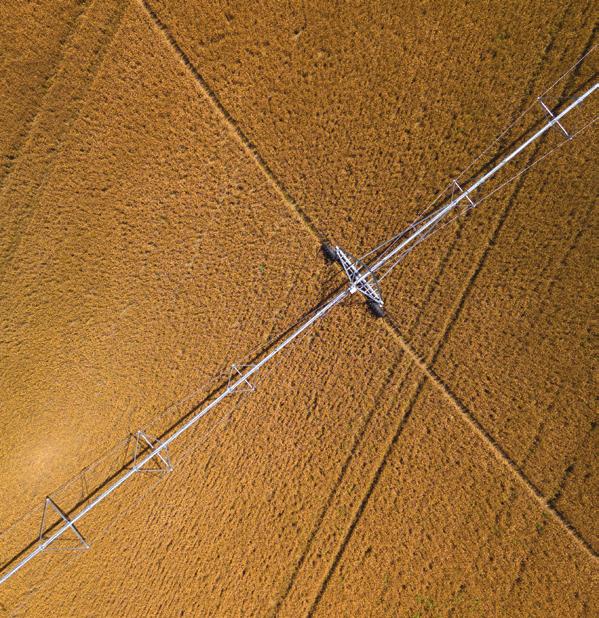
and maintaining currency in our Certified Irrigation Designers.
An irrigation design professional would typically undertake the design of most irrigation systems but engaging where appropriate with a qualified engineer for specialised technical support (including more significant structural design activities relating to dams, channels, pontoons, major intake structures, etc.). Similarly, qualified engineers working on irrigation design projects within a local authority or major civil development such as retirement village often engage with experienced (and hopefully Certified) irrigation design professionals to gain specialised knowledge and support beyond the engineer’s level of expertise.
WORDS SUPPLIED BY
STEPHEN MCNALLY, IRRIGATIONNZ PRINCIPAL TECHNICAL ADVISOR IMAGES SUPPLIED BY IRRIGATIONNZIt is great seeing so many candidates passing through our NZ Certificate of Irrigation Design programme and emerging with their NZQA certificates! I have recently been engaging with Irrigation Australia (IAL) on the activities of their Irrigation Certification Board. The IAL Certification Board sits to one side of the main IAL Board and has some parallel to the functions of our IrrigationNZ Accreditation and its programmes. I’ll be investigating further where we can gain from alignment with the IAL Certification processes potentially for managing on gong professional development
One issue that was raised by IAL under their own regulatory development is the use of the term Registered Engineer in relation to irrigation projects. In Australia, many local authorities undertake irrigation projects within the city’s urban environment or commercial developments that fall under contracts that specify roles for professional engineers. They therefore run up against activities for irrigation design, installation and sign off that aren’t necessarily in the expertise of say a civil engineer.
It is interesting to see similar issues in New Zealand within the drafting of legislation and regulations related to role definition. The Registered Professional Engineers Act 2019 (Victoria, Australia) 2021 prescribes five areas of engineering (fire safety, civil, structural, electrical, and mechanical). The programme requires an application, assessment and commitment to Continuous Professional
In common with IAL, IrrigationNZ suggests Certified Irrigation Designers (in Australia or NZ) should make themselves aware of the definition of a professional engineering service, ensure they are not mis-representing their own services, and consider when professional engineers should be engaged in relation to any project.
Stephen McNally is Principal Technical Advisor at IrrigationNZ bringing his knowledge of irrigation systems and water infrastructure to drive sound policy development, produce education resources and support collaboration across irrigated farming operations and water storage schemes.
 STEPHEN MCNALLY, IRRIGATIONNZ PRINCIPAL TECHNICAL ADVISOR
STEPHEN MCNALLY, IRRIGATIONNZ PRINCIPAL TECHNICAL ADVISOR
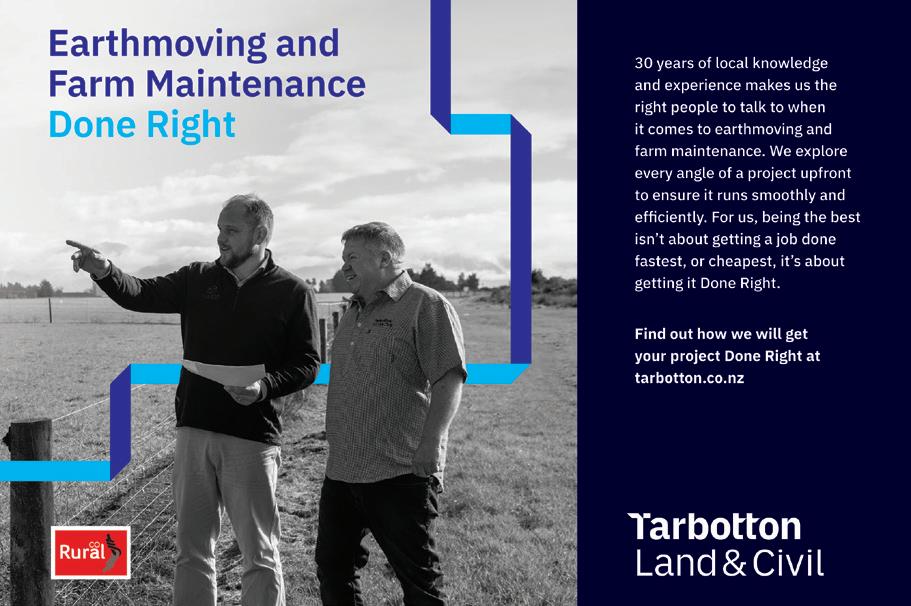



As bull buying season gets underway, Beef + Lamb New Zealand is encouraging commercial beef breeders to make use of an on-line module to help inform their bull buying decisions.
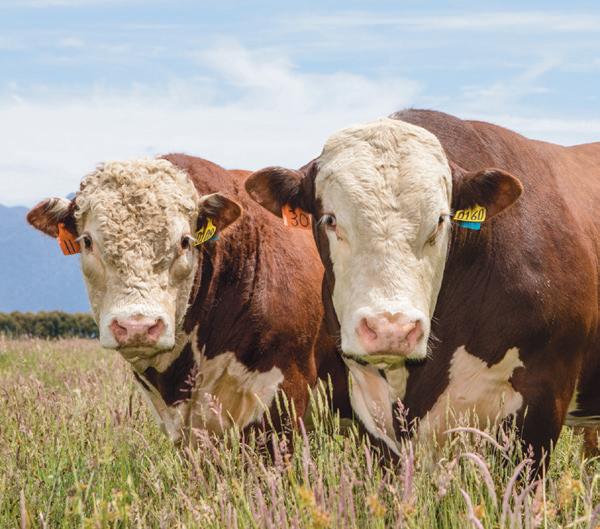
IMAGE: A recently released bull buying module helps farmers select the right bulls for their particular needs
based on existing genetic and performance data. New traits, as identified by sector stakeholders, will then be developed. This will be followed by a multi-breed evaluation. Finally, the importation of international breeding values will be explored.
4. Data infrastructure
This is the programme’s “backend” computing power, where data flows in and out for maximum benefit to individuals (breeders and farmers) and the national beef herd.
5. Industry uptake and programme management
A quality extension programme will help drive uptake of the genetic tools produced as part of the programme. This will include a suite of products and services specifically targeting industry uptake of genetic and genomic tools. The aim is to drive increased use of high Estimated Breeding Value bulls, the use of AI in commercial herds and the use of genomic tools across the industry.
The recently released 40-minute module steps farmers through establishing clear breeding objectives for their business (including a downloadable breeding objective template) and provides an overview of breeding traits and their importance.
This information allows farmers to select the right breeder and right bull for their particular needs.
The module includes farmer case-study videos, tips on contacting breeders and what questions to ask, as well as detailing how to interpret bull catalogues and the dangers of buying on impulse at bull sales.
The final part of the module is Beef Class Structural Assessment which includes a video of an assessment being carried out on bulls, as well as diagrams and scoring charts.
This is just one of a number of beef-related tools, resources and programmed B+LNZ has on offer, designed to generate more income for beef producers right along the value chain - from dairy beef to hill country cow herds.
Now in its third year, the seven-year Informing New Zealand Beef programme is focusing on breeding objectives and traits important to NZ farmers. It will develop a NZ-based genetic evaluation for comparing bulls of different
breeds. This will enable commercial farmers to select the best genetics for their environment and farm systems.
Tools will be developed that will make commercial genetic selection quick and easy while helping farmers monitor and improve overall sustainability.
Led by B+LNZ Genetics, with the support of the Ministry for Primary Industries’ Sustainable Food and Fibre Futures (SFF Futures) partnership and the New Zealand Meat Board. Informing New Zealand Beef involves five key projects:
1 Beef Progeny Test and commercial herds
Two Beef Progeny Test sites provide linkages and data to accurately predict hybrid vigour. Informing New Zealand Beef is working with farmers to establish Next Generation herds within existing commercial operations. These herds will feed critical information back into the system.
2. Develop breeding objectives and indexes
Following recent consultation with beef farmers and industry to determine trait priorities, NZ-specific indexes will be developed.
3. Build a genetic evaluation
Core productivity traits will be established,
Creating value for this country’s dairy and beef industries, B+LNZ’s Dairy Beef Progeny Test evaluates the performance of bulls with EBVs that indicate they are likely to be excellent bulls for dairy beef systems. This test generates the information dairy farmers need to make decisions about the nonreplacement genetics they choose to use over their cows.
All of the cattle in the Dairy Beef Progeny Test are born on Pāmu’s Renown farm at Wairakei Estate and reared and finished under commercial conditions at other Pāmu farms.
All calves are DNA-verified to Progeny Test sires and any calving difficulties are reported. The weights of all the calves are recorded at 200, 400 and 600 days and detailed carcass data is analysed.
The majority of this country’s export beef is derived from the dairy industry and improving the quality of this beef benefits both industries by generating more value at every stage of the supply chain while reducing calf wastage in the dairy industry.
For more information go to B+LNZ’s website www.beeflambnz.com and type in beef breeding.

Leanne Hartnett, a 25-year-old Irish woman doing her first season in New Zealand as a rural contractor loves the life here—though it took a while to get used to the size of machinery she’s required to drive.
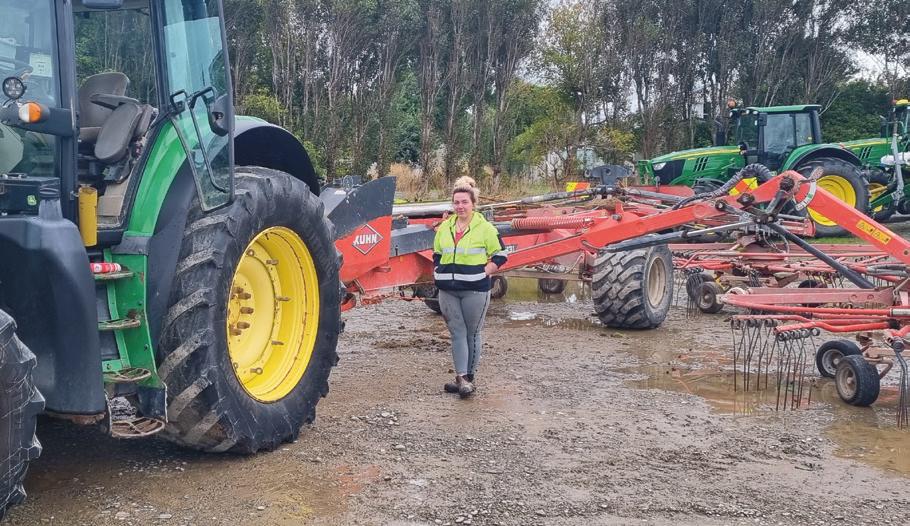
WORDS AND IMAGE SUPPLIED BY NZ CONTRACTORS
“You have to drive way bigger machines over here. We couldn’t get them in and out of the farms at home.”
Daryl Thompson hired Leanne last year after renewing a contract with her boyfriend Kevin Lenihan who’d worked for the major Southland rural contractor back in 2017.
He says she’s adapted well. “Leanne is capable and keen, and we are pleased to have her.”
D Thompson Contracting employs more than 60 people at its seasonal peak and getting good workers can at times be a challenge.
Leanne’s father Eppy is a rural contractor back home in County Cork. “To try and put me to sleep as a baby he’d put me in the tractor.” She’s been around machinery ever since.
When not working managing a local dairy farm in Cork or doing relief milking, she would be back
at weekends helping her father, whose principal work is lime spreading, with silage, haymaking and digger work thrown in.
The biggest challenge in Southland is driving bigger machines, starting with a rake, then a bailer, then drawing bales.
“We would not have driven a four-rotor rake at home. The normal farm would have 150–200 cows.”
Leanne works with her boyfriend Kevin alternating the tasks. “If I’m on the baler, he’s on the rake.”
She says another challenge has only been working with men. “I’m often the only woman in the yard.” Leanne says her workmates have treated her “perfectly” and acknowledges it’s also mostly men in rural contracting back in Ireland as well.
She’s observed the number of women truck drivers here and finds that encouraging because women have more of a role to play in contracting and farming in both countries.
“When I walk into a shop at home covered in cow shite, they just look at you through their make-up.”
Not that she’s adverse to putting on the glad rags when time allows.
“The social life here is great. We had St Patrick’s weekend in Queenstown. It was great craic.”
Daryl says over the years he’s employed 1–2 women a season from NZ or overseas as skilled machinery operators; most have proved very good workers. Almost all come from farming or contracting backgrounds.
“None of them have been scared to pick up the grease gun or replace one of the tynes. The women from overseas and even from around here that are brought up on or around farms are great.”
He also acknowledges women tend to take things a bit slower when advisable and are less demanding on machinery than younger males.
“If you put a female in the seat, they’ll likely do much better than an 18–22 year old male.”
Rural Contractors NZ is encouraging more young women to consider rural contracting as a career. Two of ten finalists in the 2023 RCNZ Trainee Contractor of the year are women.
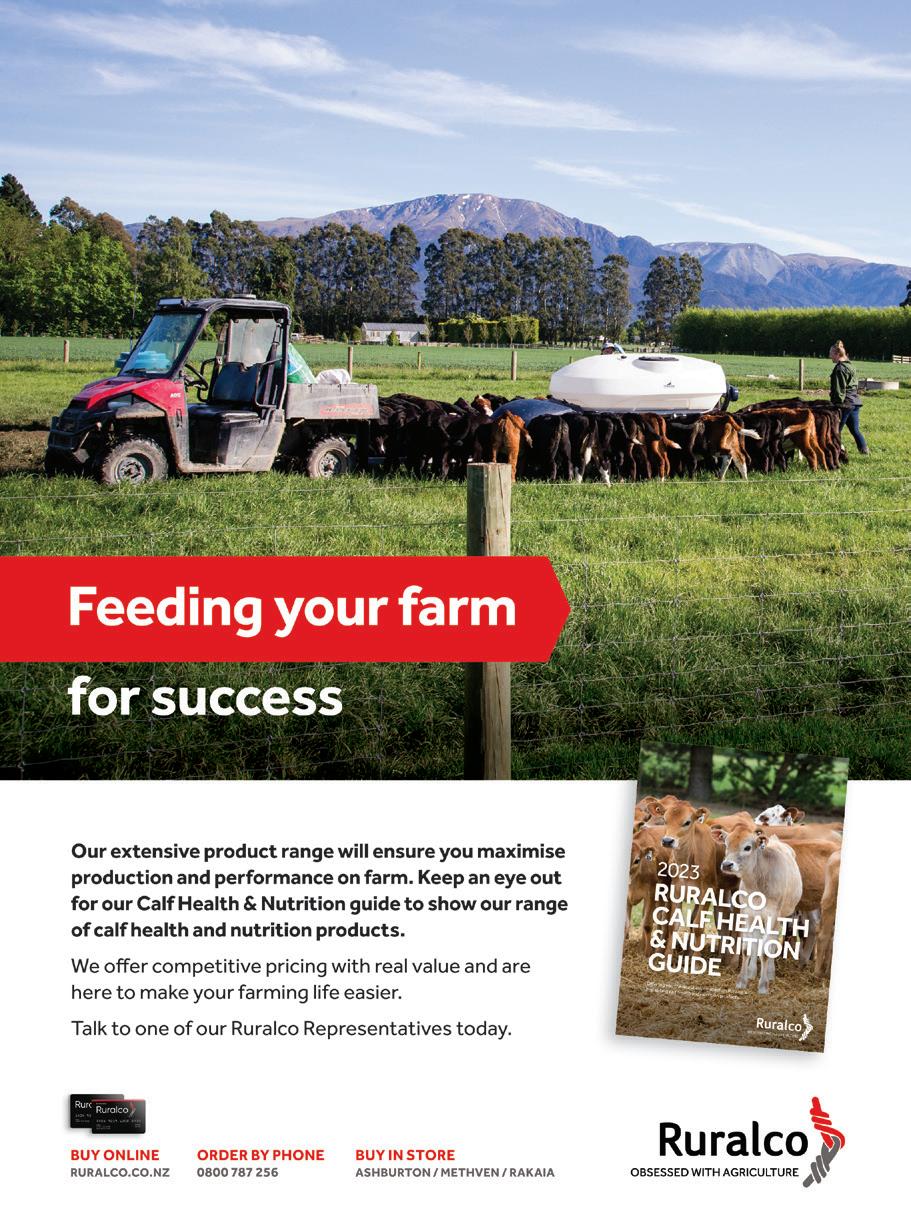
We have all been feeling the colder weather creep in, and with the winter season officially here right across the country, farmers are getting ready for the months ahead.
WORD SUPPLIED BY JUSTIN KITTO, DAIRYNZ LEAD ADVISOR – WINTERING. IMAGES SUPPLIED BY DAIRYNZFarmers are passionate about their farms and their animals, no matter the season, and regional councils, MPI and other sector bodies have been recognising farmers’ wintering efforts, including keeping our animals comfortable.
We know that lying time is very important to cows as it provides rest, opportunity to sleep and reduces the risk of lameness, which leads to better welfare outcomes.
When cows are well fed, have suitable soft lying surfaces, space available and are not exposed to adverse weather conditions, they prefer to lie for 10–12 hours per day.
Some great work from the Southern Dairy Hub has shown that soil moisture conditions,
in particular surface water, results in cows not getting enough lying time.
There are many innovative actions that farmers can use to ensure their cows get sufficient lying time, including:
• Shifting cows to a drier, lower risk paddock or to sheltered paddocks,
• Saving crops positioned in drier or more sheltered areas for grazing during wet weather,
• Increasing the feeding area by giving cows a fresh break,
• Rolling out straw for cows to lie on,
• Providing cows with access to the area behind the back fence (if suitable for lying on).
It is also important to put cows in mobs based on calving dates to help monitor and manage herds. This makes it simpler to move cows offcrop two weeks before calving to provide the best conditions and outcomes for the herd and ensure no calves are born on crop.
Southland dairy farmer Luke Templeton applies a range of good wintering management practices suited to his farm. He says they always hope for the best over winter, but plan for the worst.
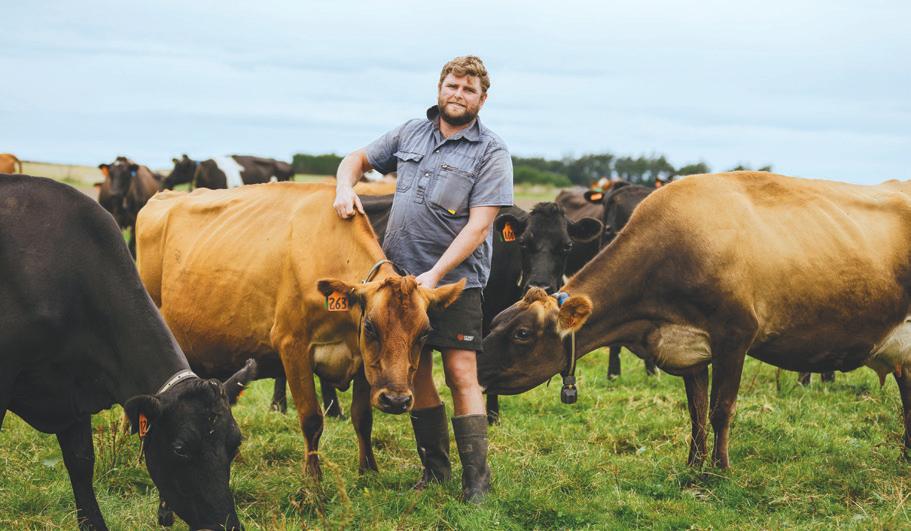
“It is never about if we get bad weather, it’s always about when and considering what you will do to look after your animals and your people no matter the weather.”
His animals are checked twice a day to observe the condition of the cows and the ground, including looking for lying bowls where they have gotten comfortable and settled down in more sheltered or warm areas.
Luke says that if the conditions seem a bit too wet, they use their contingency plan, typically by doing an additional shift of the break fence to provide a fresh lying surface.
They also use portable troughs and provide additional feed, such as hay and baleage, along with moving the break fence up to three times a day. Find further information and resources at dairynz.co.nz/wintering
JUSTIN KITTO DAIRYNZ LEAD ADVISOR – WINTERING

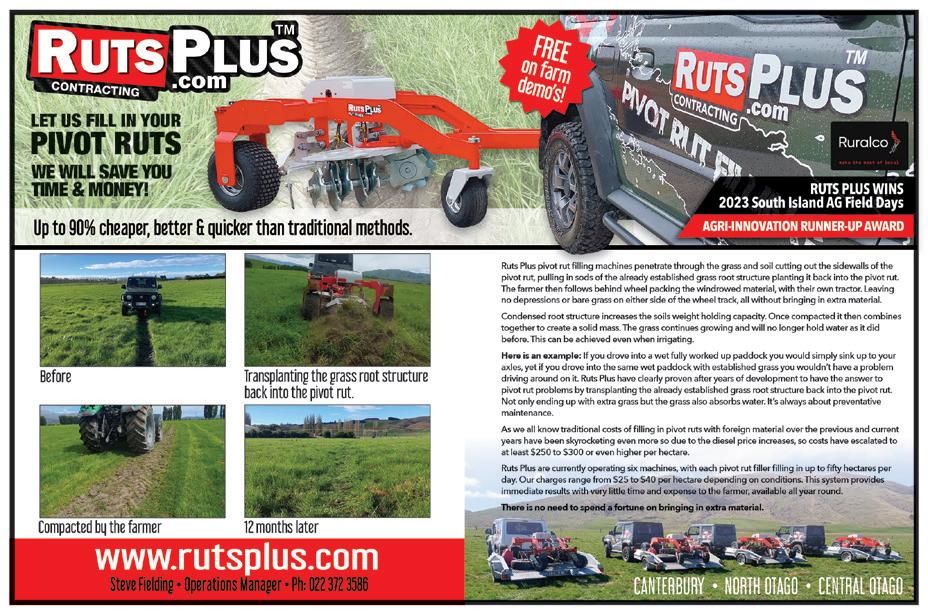
money they earn in New Zealand provides an important lifeline.
The RSE scheme is not perfect—no scheme is. There are a few bad actors, which is why the horticulture and viticulture industries are working closely with the government and the Pacific on a review to address the issues.

The forced increase in RSE wages will hurt the good actors – by far the majority – the most. These are the growers who have already invested significantly in their RSE workforce. They travel to the Pacific Island communities from where their workers come, to nurture long lasting and trusted relationships. They build practical and culturally appropriate accommodation for the workers when they are in New Zealand. It is their slimmer margins that cannot sustain an inflexible wage environment.
It is always challenging when the government forces employers to pay workers from overseas more than they would pay New Zealanders for the same work.
The cyclone-affected horticulture industry is facing increased costs across almost every aspect of growing. Insurance helps, but it doesn’t cover everything. It doesn’t provide for increased supply chain costs because it is now harder to get produce to market. It doesn’t accommodate additional employee flexibility because they need to be able to clean and rebuild their own homes.
The pictures of silt-covered orchards may no longer dominate the 6 o’clock News, but for those affected – the growers, their employees and their whānau – the after-effects of Cyclone Gabrielle still hit hard. To add insult to injury, the government increased the minimum wage on 1 April, and scheduled a ten percent increase on top of that for the Recognised Seasonal Employer (RSE) scheme—effective 1 October. Many growers still do not know the timeframe for getting their land back into production or the next crop to market. Northland, Bay of Plenty, Tairāwhiti and Hawke’s Bay are the fruit bowl of New Zealand for good reason. Their soil is, or at least was, rich with the necessary nutrients to support the nearly $7 billion New Zealand horticulture industry.
However, silt has not only destroyed the plants that were growing on that land when the cyclone struck, it has suffocated the soil structures, which means many crops may never be able to be grown on this land again. Experts predict it will take 50 to 100 years to get the soil back to what it was.
All this has come at a time when growers are already under immense pressure. RSE workers,
who have come here every season for the past 15 years from our Pacific neighbours, fill shortfalls in domestic employment and help keep our successful horticulture industry alive. Growers affected by Cyclone Gabrielle are grateful for the government’s financial support, but oneoff grants or loans only offer temporary relief. Approximately one-third of our horticulture yield is sold domestically. The rest is exported. Internationally, we are price takers, meaning we can only get the price the world market sets. Domestically, where they can, growers will need to factor into their prices the increased cost of production. This will put further inflationary pressure on households when they can least afford it.
I have spoken with growers who are contemplating their future in a post-Gabrielle world. The latest round of wage cost increases is likely to mean they either do not rebuild and replant, or if they do, it will be on a reduced scale. This is not about wanting to pay RSE workers less. They are an important part of the ecosystem, not only in our domestic economy but for the Pacific Islands, where the
Our industry is working closely with the government to collect information on the extent of the devastation: what has been affected, what is needed to rebuild and how long this will take. The government has stated it is committed to the rebuild, but announcements like the minimum wage and RSE wage increases undermine this commitment. The government may have delayed the additional ten percent increase for RSE workers by six months, but we are two months post-Cyclone Gabrielle now, and affected growers still have no certainty around where they can even begin to rebuild, let alone how.
In the immediate aftermath, local communities were deeply grateful for RSE workers’ support for cleaning up orchards and homes. But these RSE workers rely on there being a vibrant horticulture industry for them to participate in, year in and year out.
The government needs to support the horticulture industry to ensure there are jobs for these vitally important employees to return to next season.
The horticulture industry is not asking for special favours. We are just asking for the opportunity to get ourselves back on the trajectory we were on before the myriad of extreme weather events.WORDS SUPPLIED BY NADINE TUNLEY, CHIEF EXECUTIVE, HORTNZ
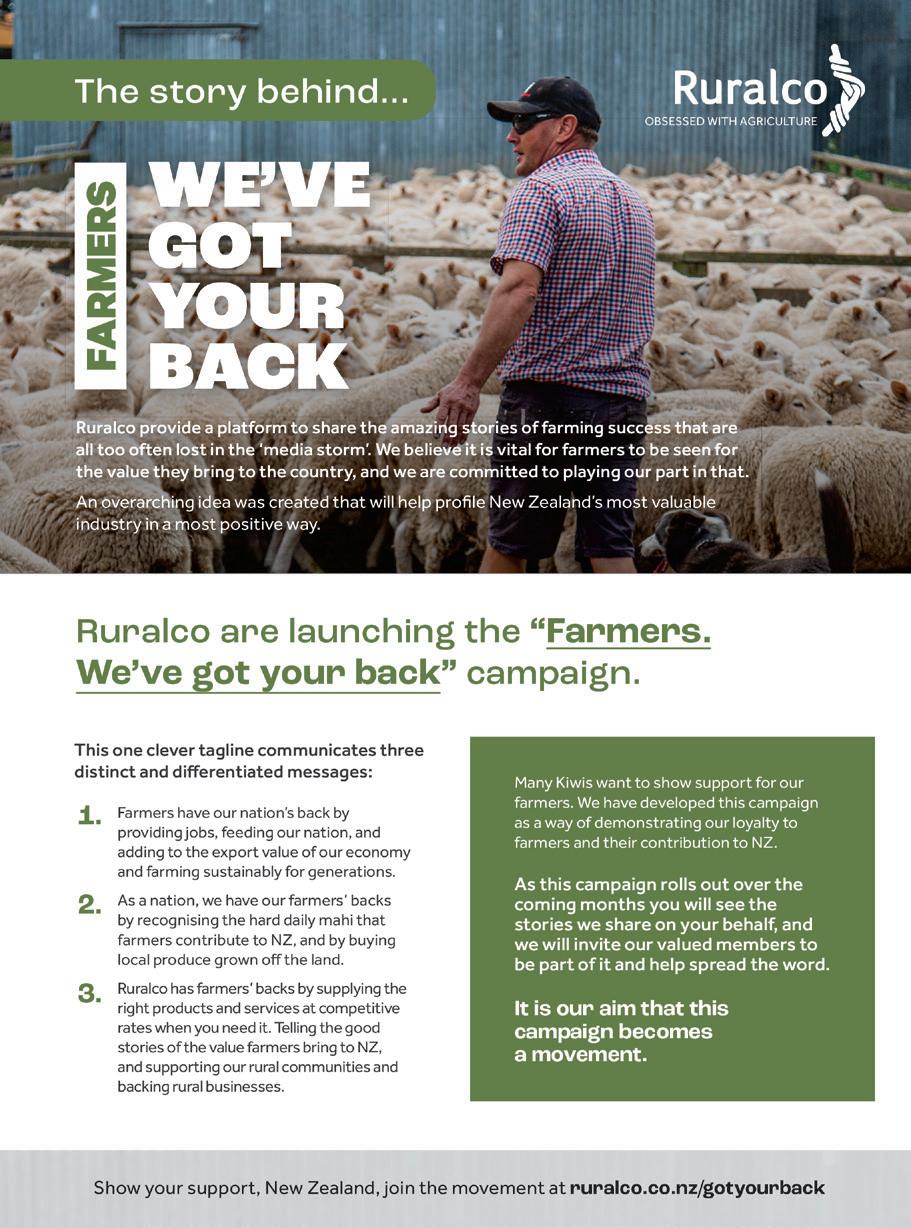

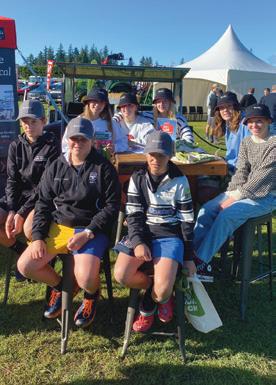
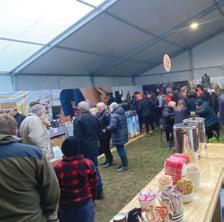
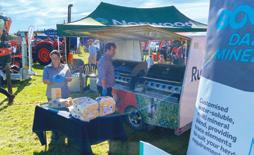

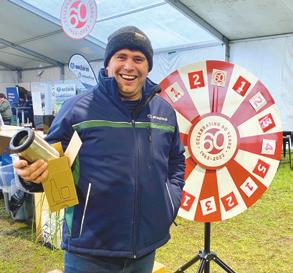
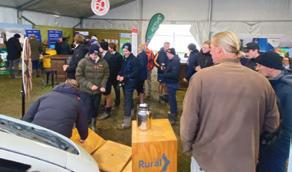
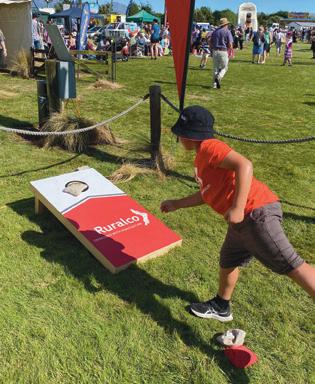

JULY 6 & 7
Join us for our Instore Days event. Shop amazing deals in store, online, or through participating suppliers, with Ruralco deals available online till 9 July. Every $250 you spend gets you in the draw to win 1 of 3 House of Travel vouchers worth up to $15,000. Terms and conditions apply.
JULY 14
Mark your calendars and enjoy this long weekend that celebrates the beginning of the Māori new year.
ASHBURTON:
Monday to Friday: 8:00am–5:30pm Saturday: 9:00am–12:00 noon Closed on public holidays & Saturdays when the public holiday falls on a Monday or Friday.
RAKAIA:
Monday to Friday: 8:00am–5:30pm Closed on public holidays.
METHVEN:
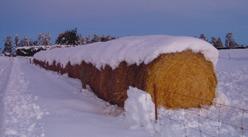
Monday to Friday: 8:00am–5:30pm Closed on public holidays.
STORE CLOSURES:
Matariki, 14 July
Our Ashburton, Methven, and Rakaia stores will be closed on Friday and Saturday. We will be returning to business as usual on Monday 17 July.

As part of Ruralco’s effort to assist our North Island rural communities in the aftermath of Cyclone Gabrielle, which struck in February this year, we have set up an easy way for you to donate to the recovery efforts, either in store or online.
100% of donated funds go directly to the Farmers Adverse Events Trust to provide financial assistance for farmers, their families, and their communities so they can recover and rebuild from Cyclone Gabrielle.
To donate, visit our online shop or enquire at your local Ruralco store.
We’re excited to bring you home heating with fuel delivered direct to your home fuel tanks.
Through our suppliers, we have options to suit your needs whether you require monthly deliveries or just as and when you need them. Our suppliers offer fuel directly to your home and are experts at this service. They have trucks of all different sizes, with smaller models light enough to access your driveway. Talk to one of our experts to find out more about home heating solutions today.
Our 2023 Calf Health & Nutrition Guide showcases our extensive product range of calf health and nutrition products for your upcoming calving season. Shop online or in store, and we’ll deliver the right product when you need it. Check out the latest guide in letterboxes now or on our website at www.ruralco.co.nz
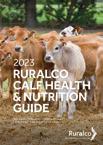
Our latest fencing deals are out now, with competitive pricing on a range of products to support your farming operation.
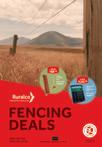
Shop deals on farm gates, fencing reels, energizers, poliwire, fault finders, strainers, insulators and more. Pop in to our Ashburton, Methven or Rakaia stores today to make the most of the deals, or shop online at www.ruralco.co.nz/fencingdeals
Order your herd management tags from Ruralco today for your chance to win 1 of 3 Weber Family Q 3100 BBQs with Cart.

Every $200 spent on any Allflex products between 1st April and 9th July, gives you one entry in the draw.
Terms and conditions apply. For more information on how to submit your order, visit www.ruralco.co.nz/tagtowin
Our BOOST Mineral Blend is a specifically formulated water-soluble, multi-mineral blend providing essential trace elements for animal health. We can customise the mix to suit your dairy herd’s requirements, delivering it direct to farm.
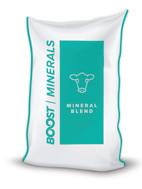
Talk to your Ruralco representative today to discuss the best mineral mix for your livestock or find out more online at www.ruralco.co.nz/boost
Through our suppliers, Ruralco can design and implement a solar system for your business, enabling you to beat rising energy costs, offset emissions, and make better use of a natural resource to produce and store renewable energy. Not only can solar power be used for powering irrigators and dairy sheds—it can also be used to offset the cost of lighting, heating and ventilation in farm buildings and homes.
Talk to the Ruralco team today on 0800 787 256 to find out how we can help introduce solar to your business.
This is just a snapshot of the many great businesses where you can use your Ruralco card and save. Visit www.ruralco.co.nz for a full list of participating businesses near you and discounts available.
Queenstown
Looking for the perfect wedding or engagement gift?
Choose from our wide range of quality brands and get the perfect gift, in store or online, delivered direct to you.
Shop our range of:
• Beautiful linens and throws for the bedroom, bathroom, living, and dining room;
• Home decor;
• Quality kitchenware and bakeware;
• Cuisinart mixers and small appliances;
• Fine crystal, silverware, glassware and serveware;

• A wide selection of home and garden accessories.

ENGINEERING & MACHINERY
Rangiora
Kirwan Auto Electrical Up
No matter the weather, Ruralco have got you covered with the 2023 edition of The Kit.
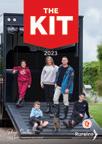
The Kit is your complete guide for winter clothing essentials. From gumboots to socks, to wet weather jackets and overalls. Choose from a wide range of quality brands and kit the whole team out for winter.
Shop the full range online today with free delivery available nationwide. View our catalogue in store or online at www.ruralco.co.nz/TheKit
Use








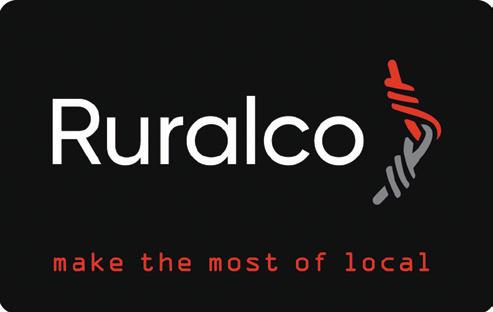
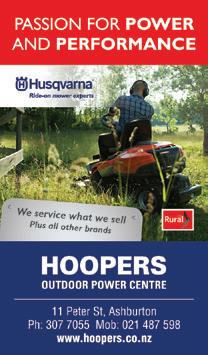



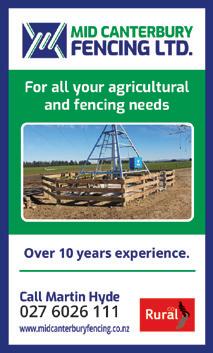



FENCING




